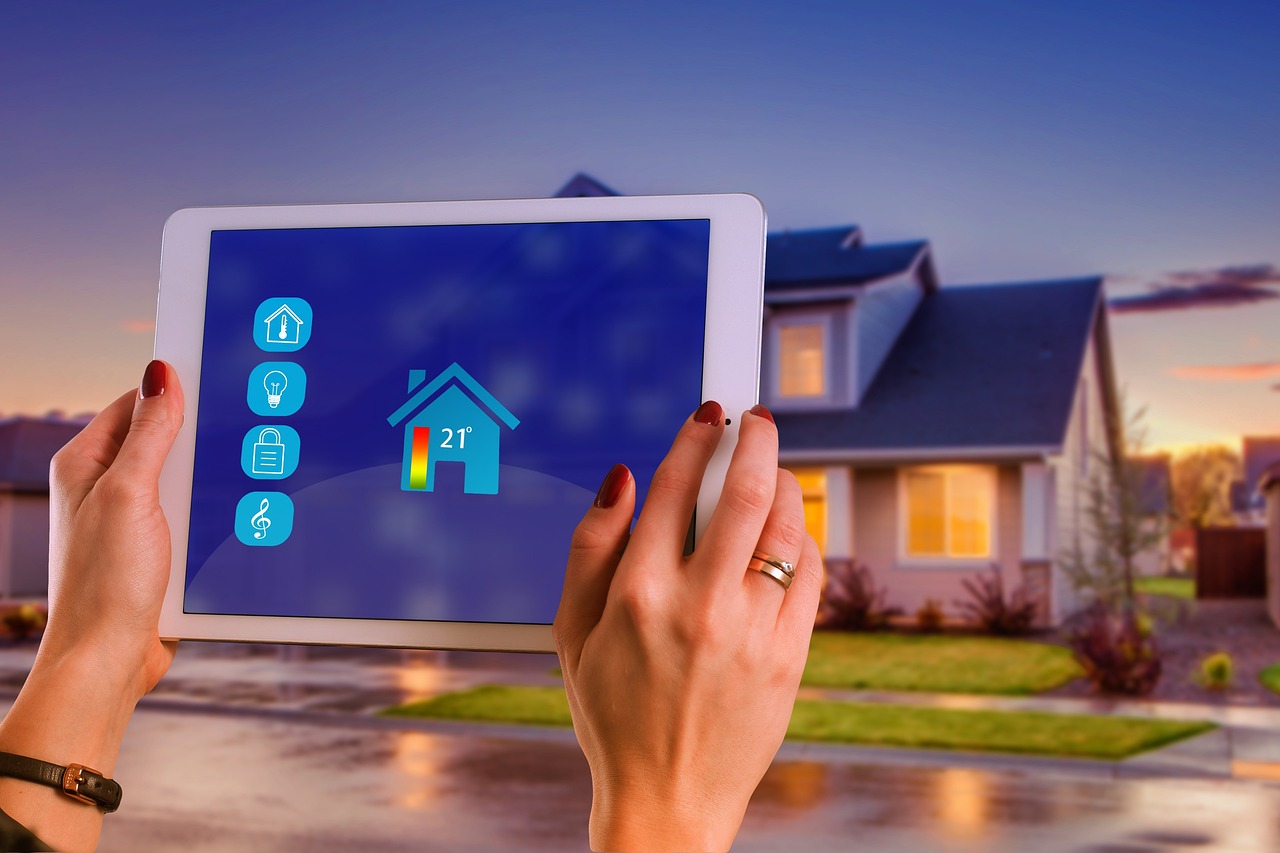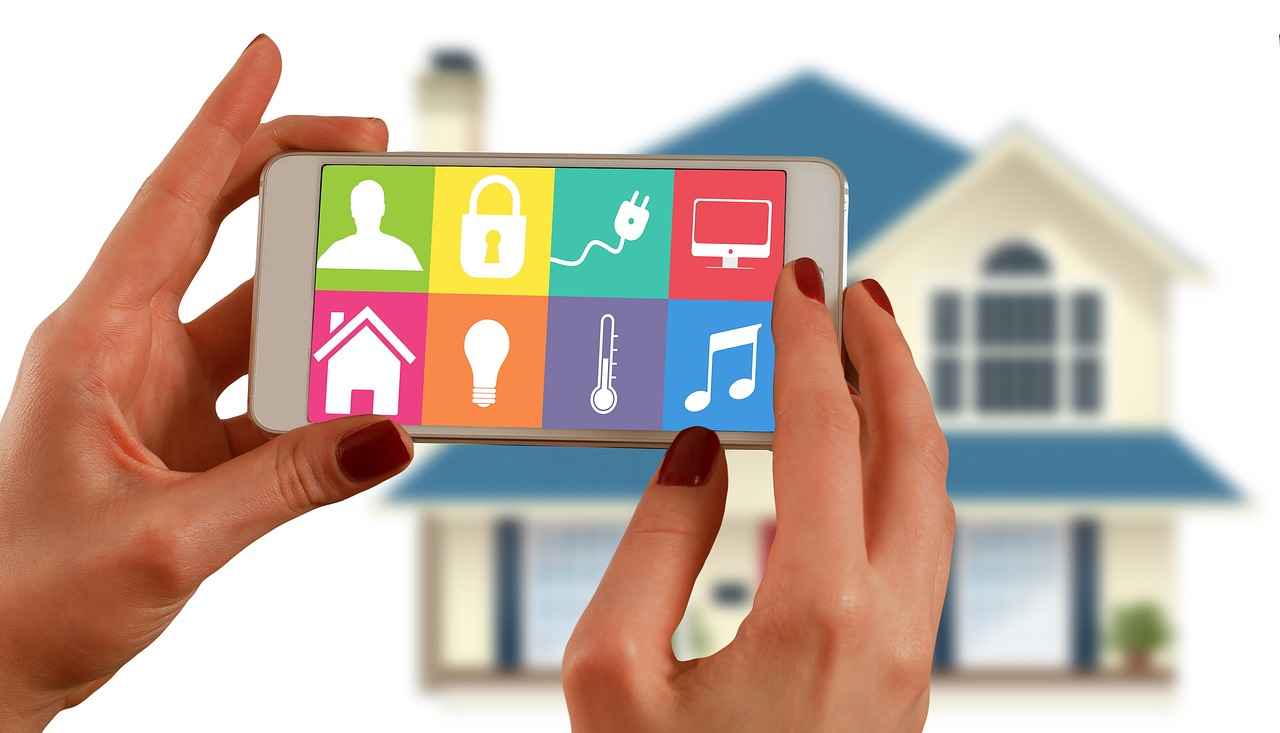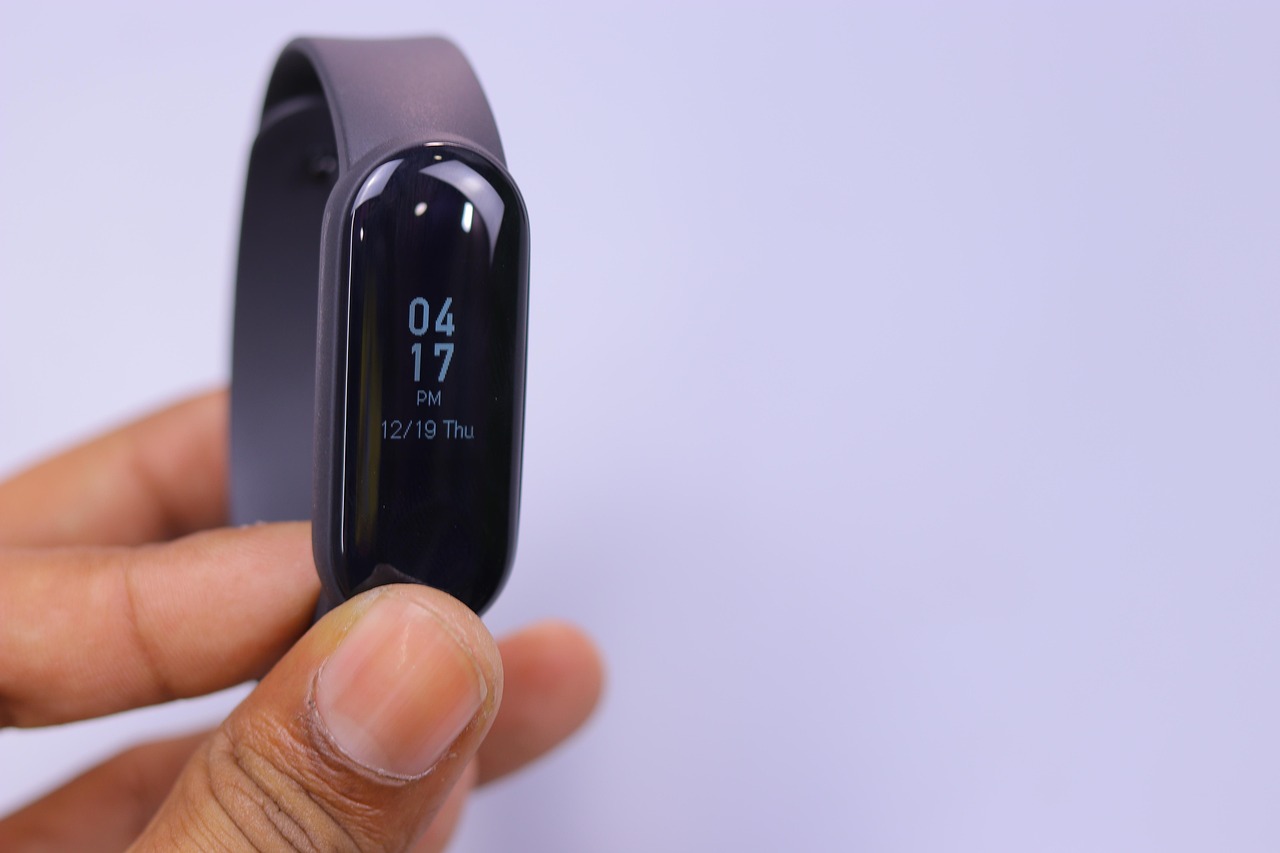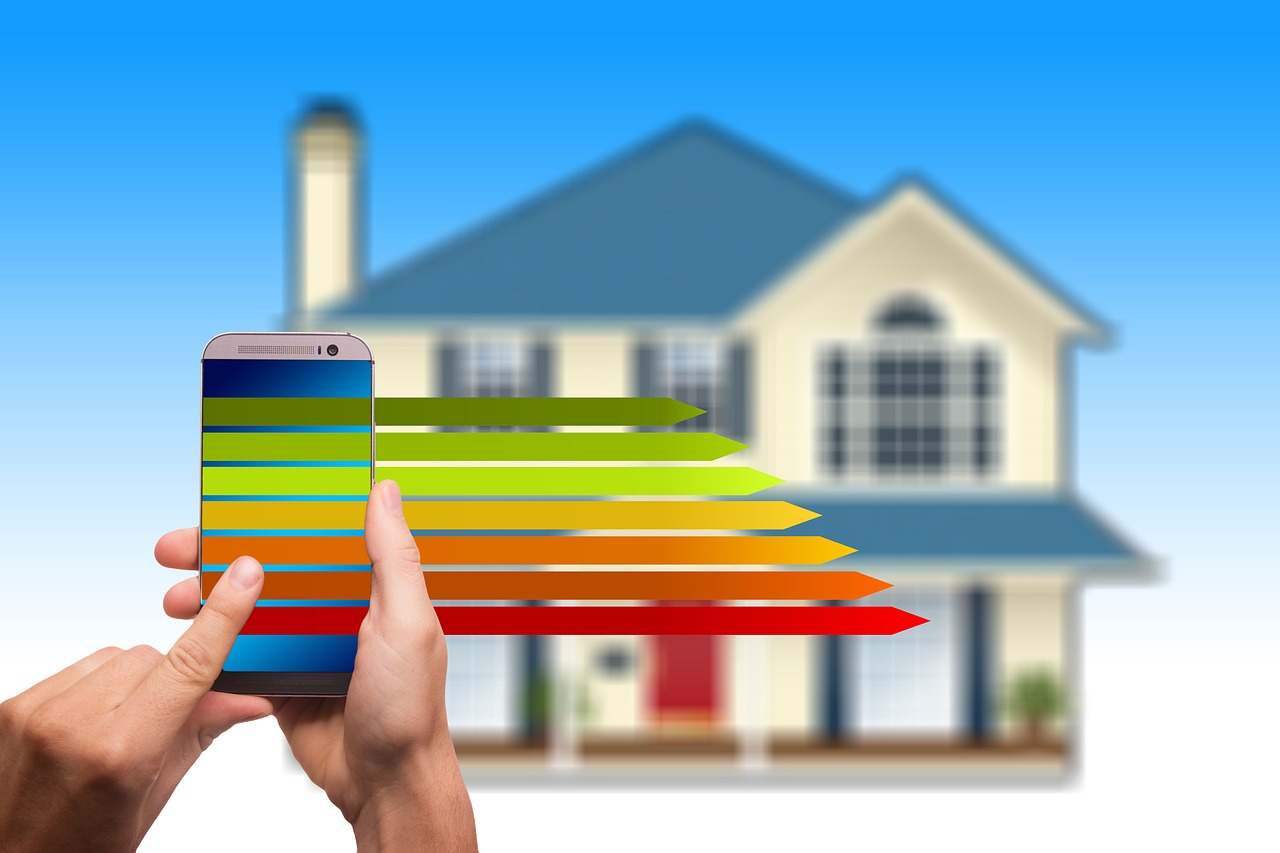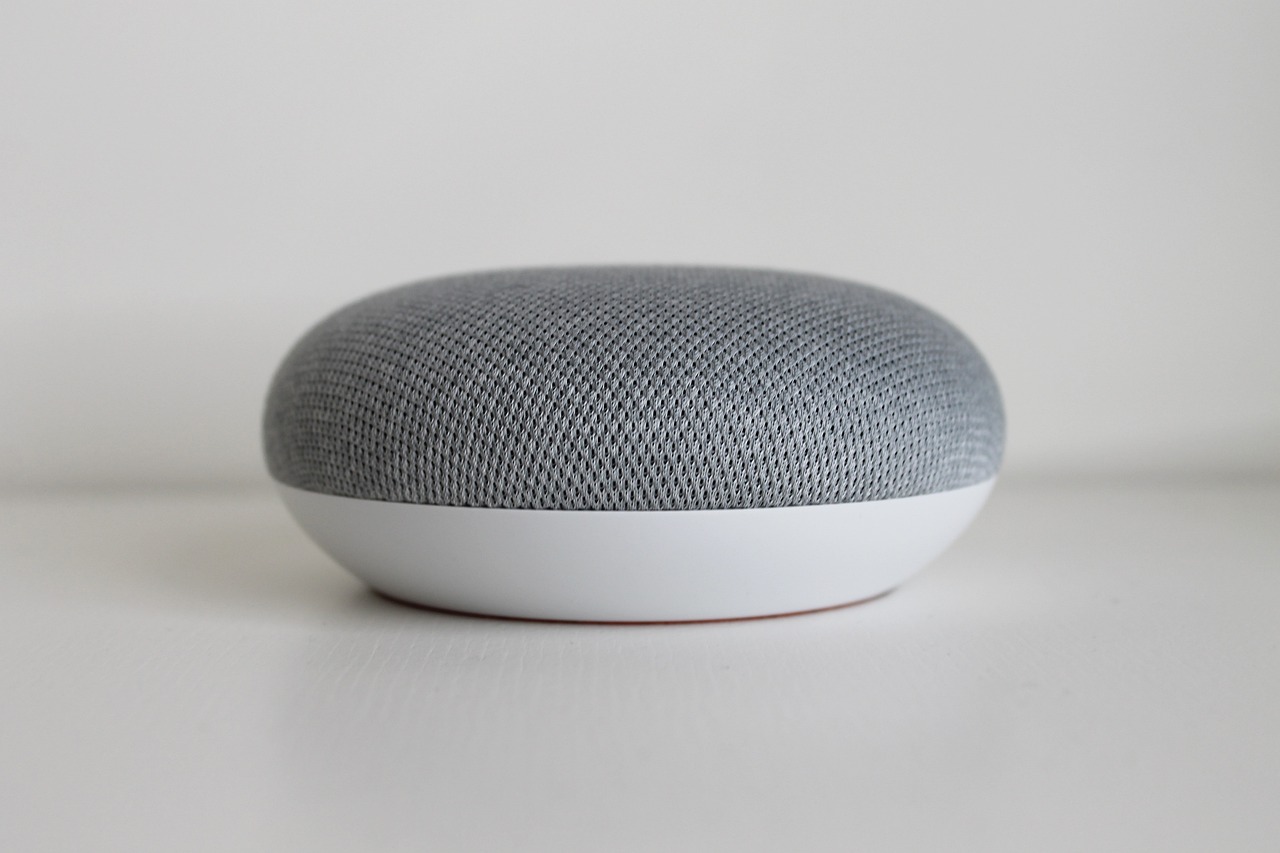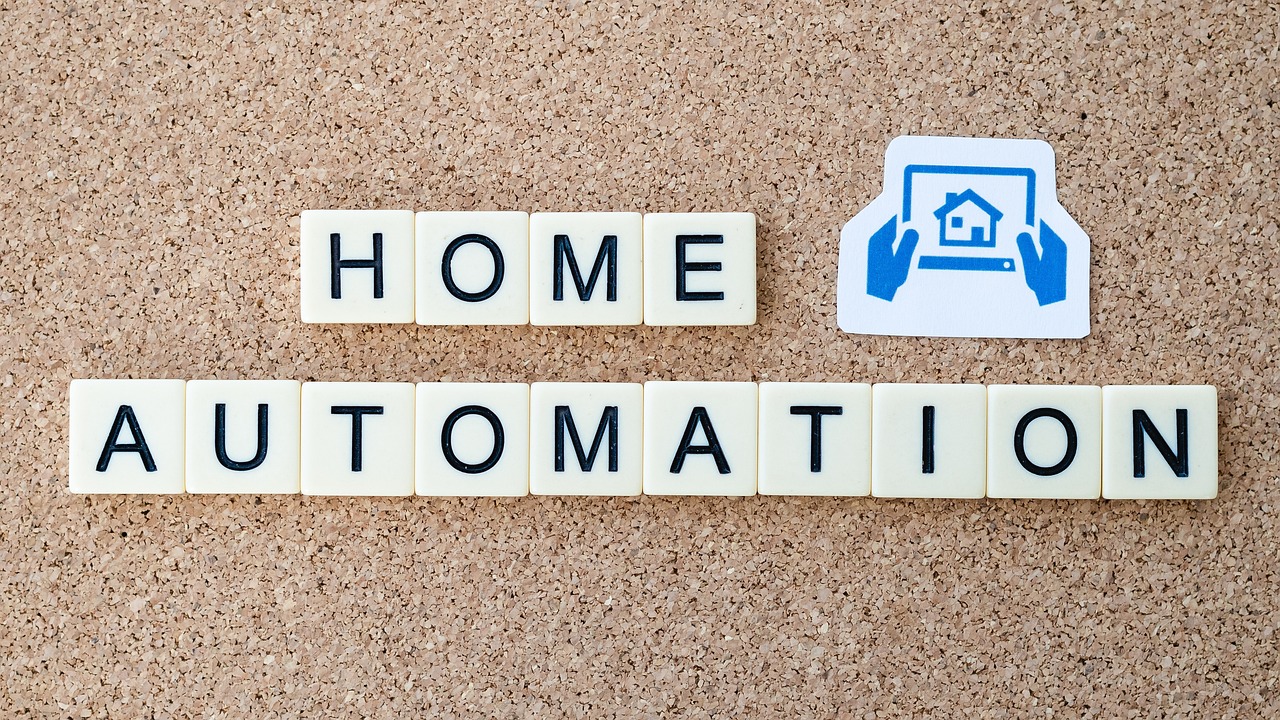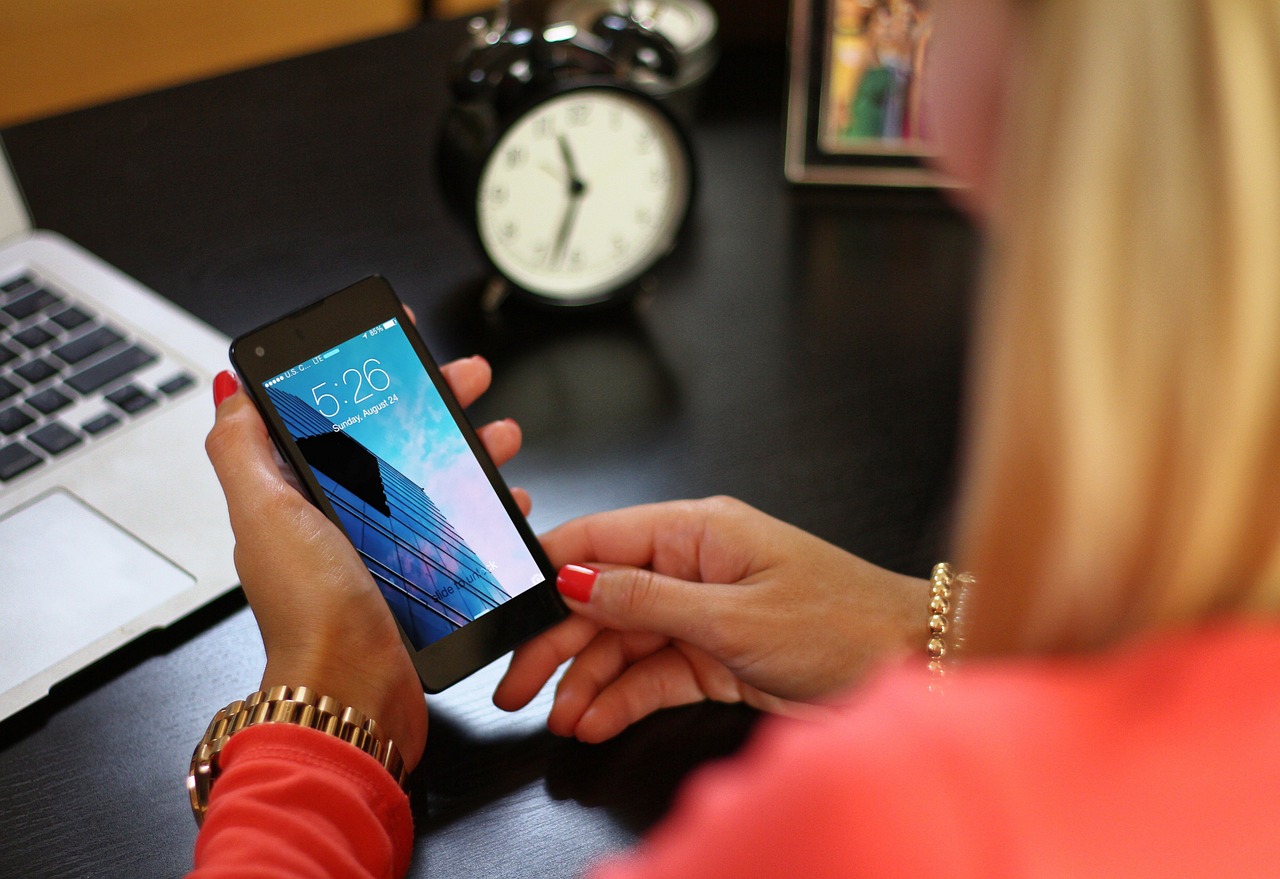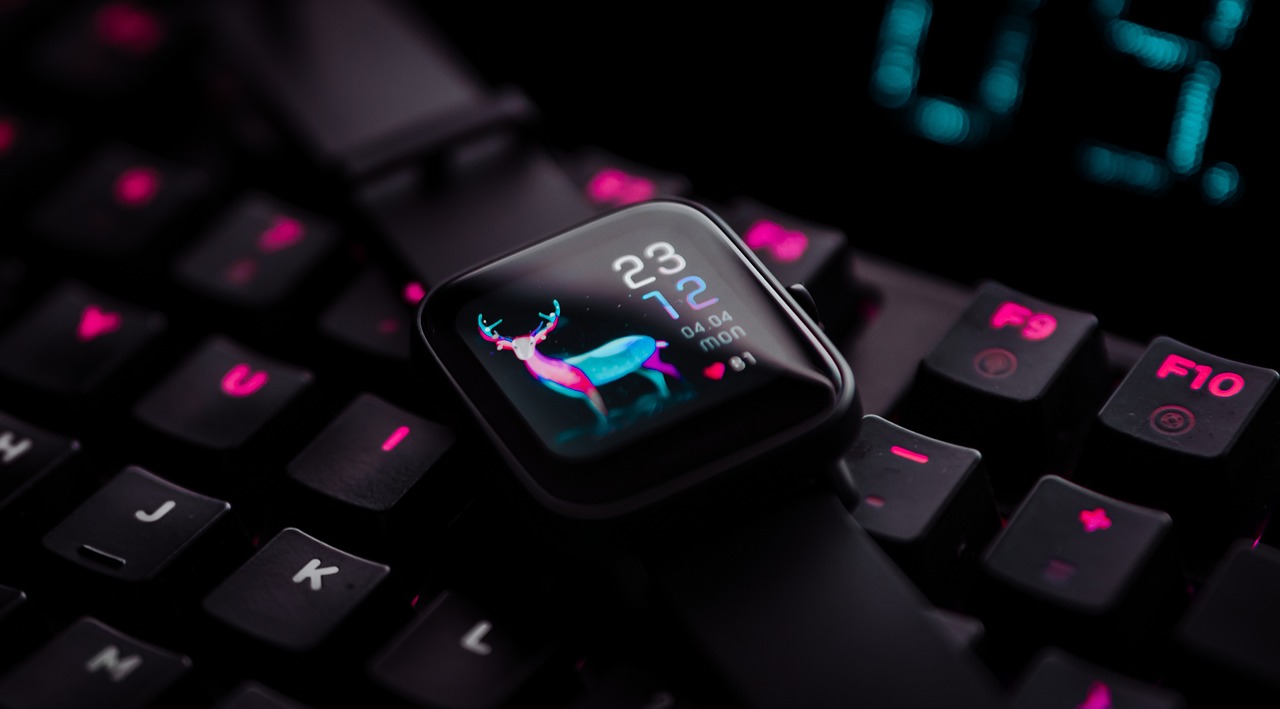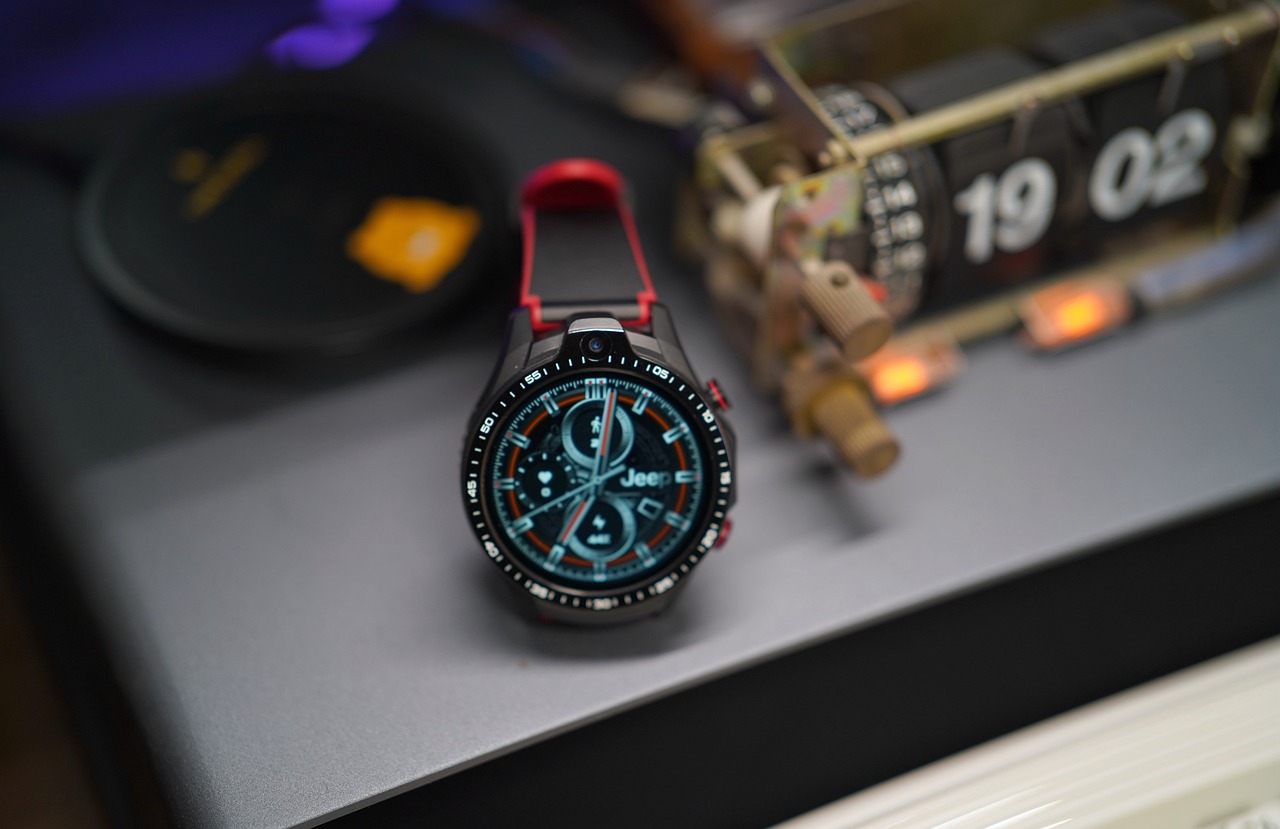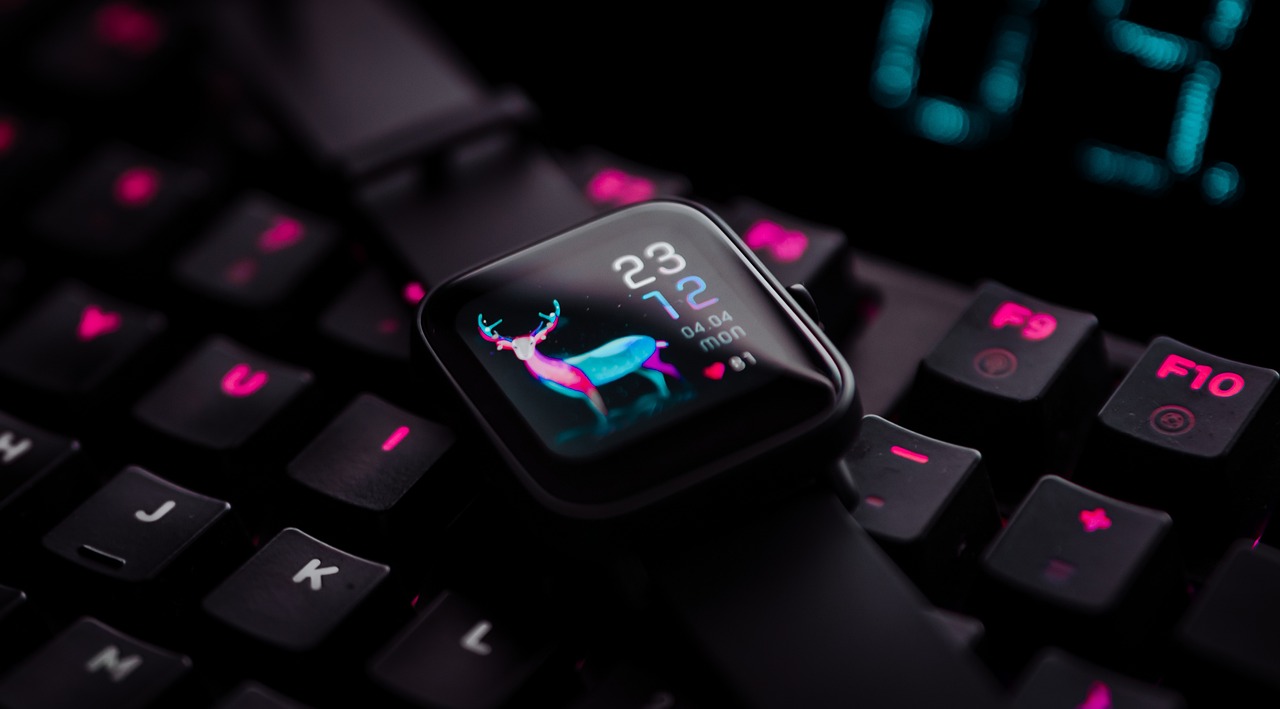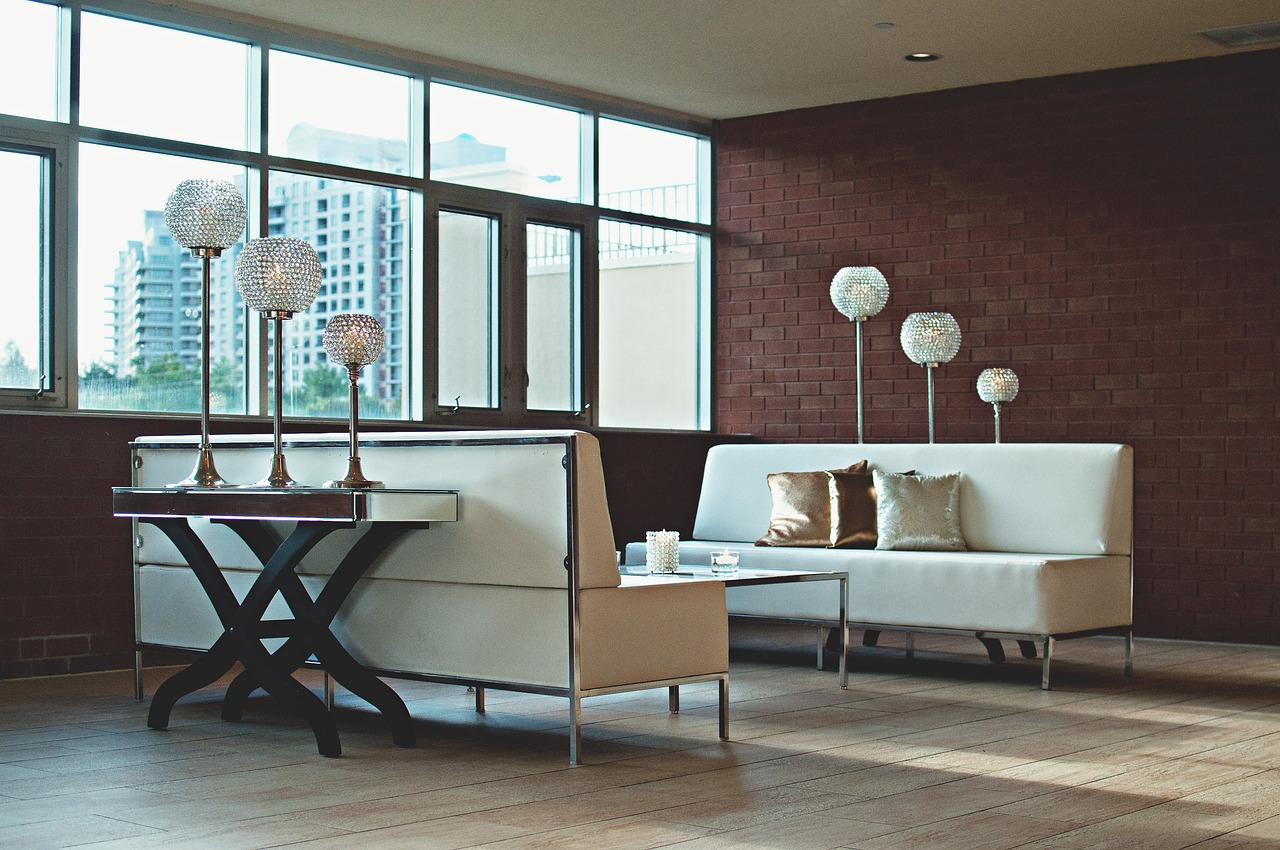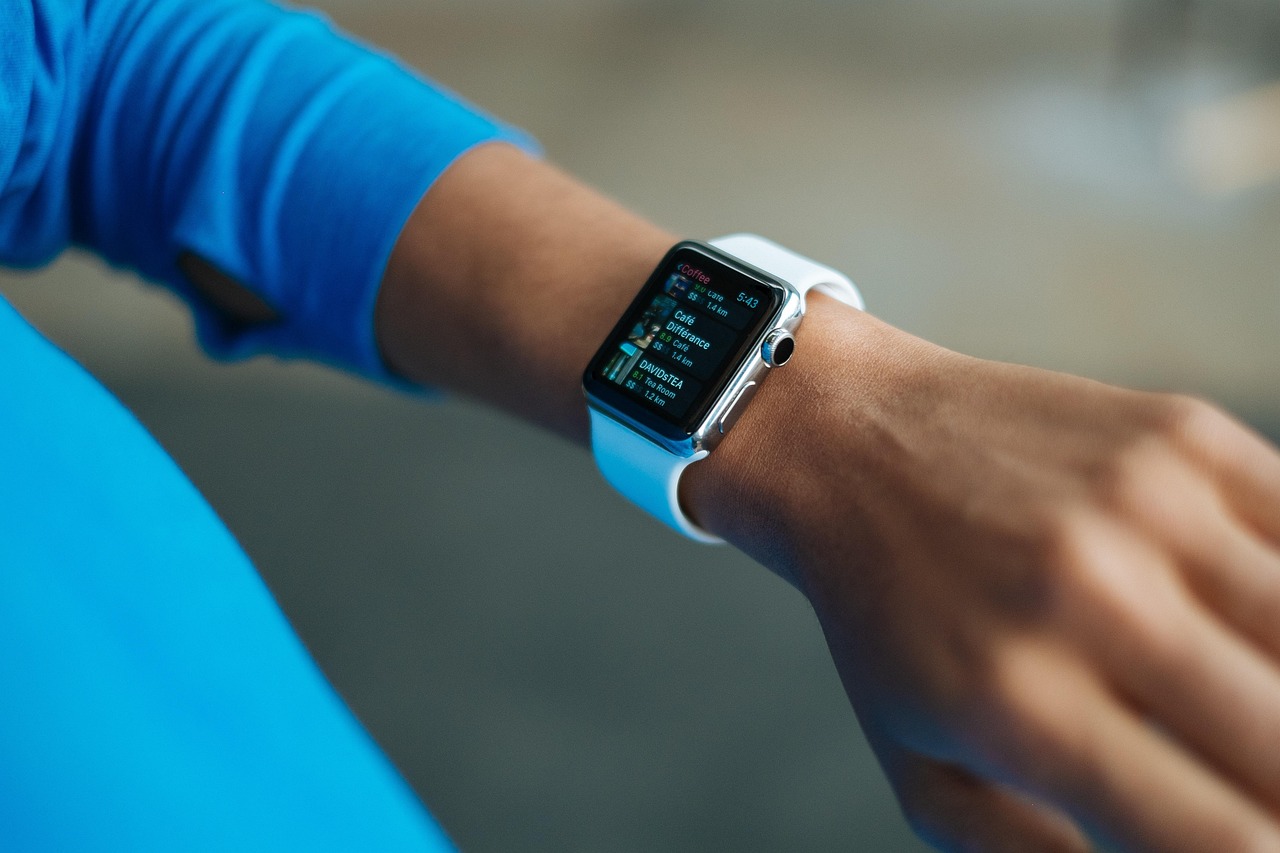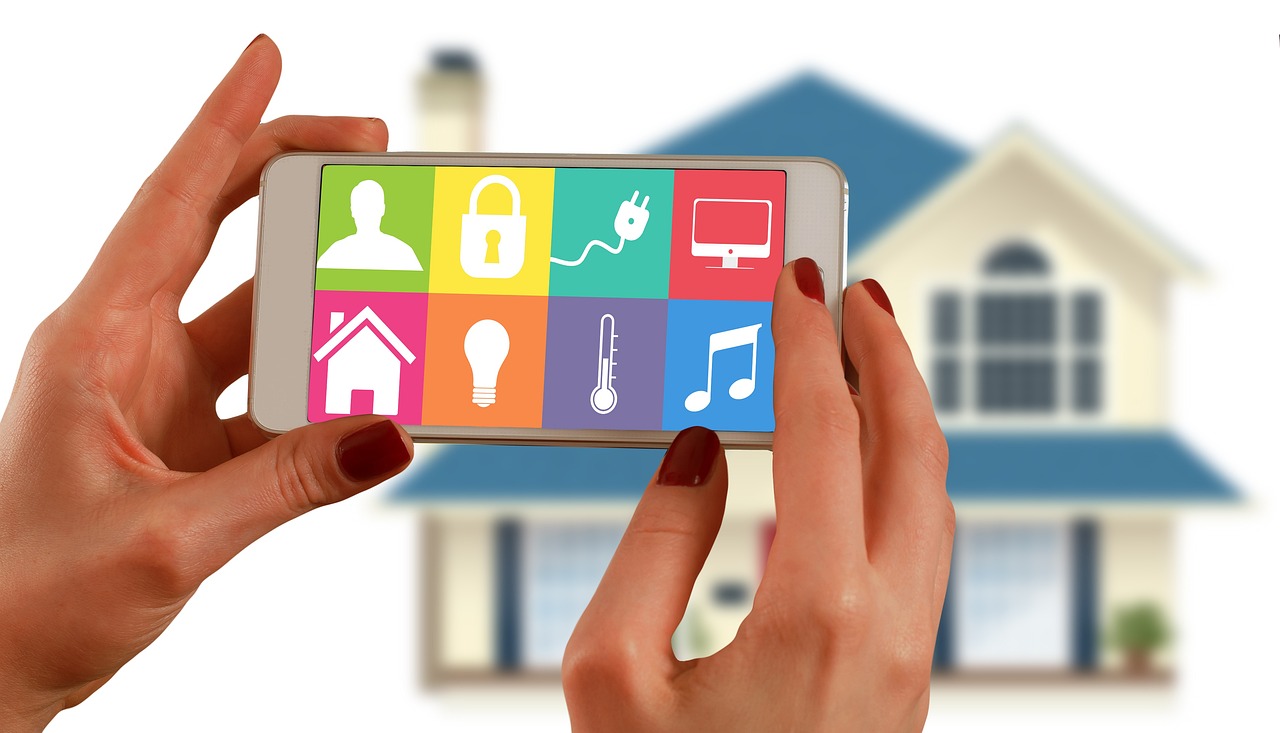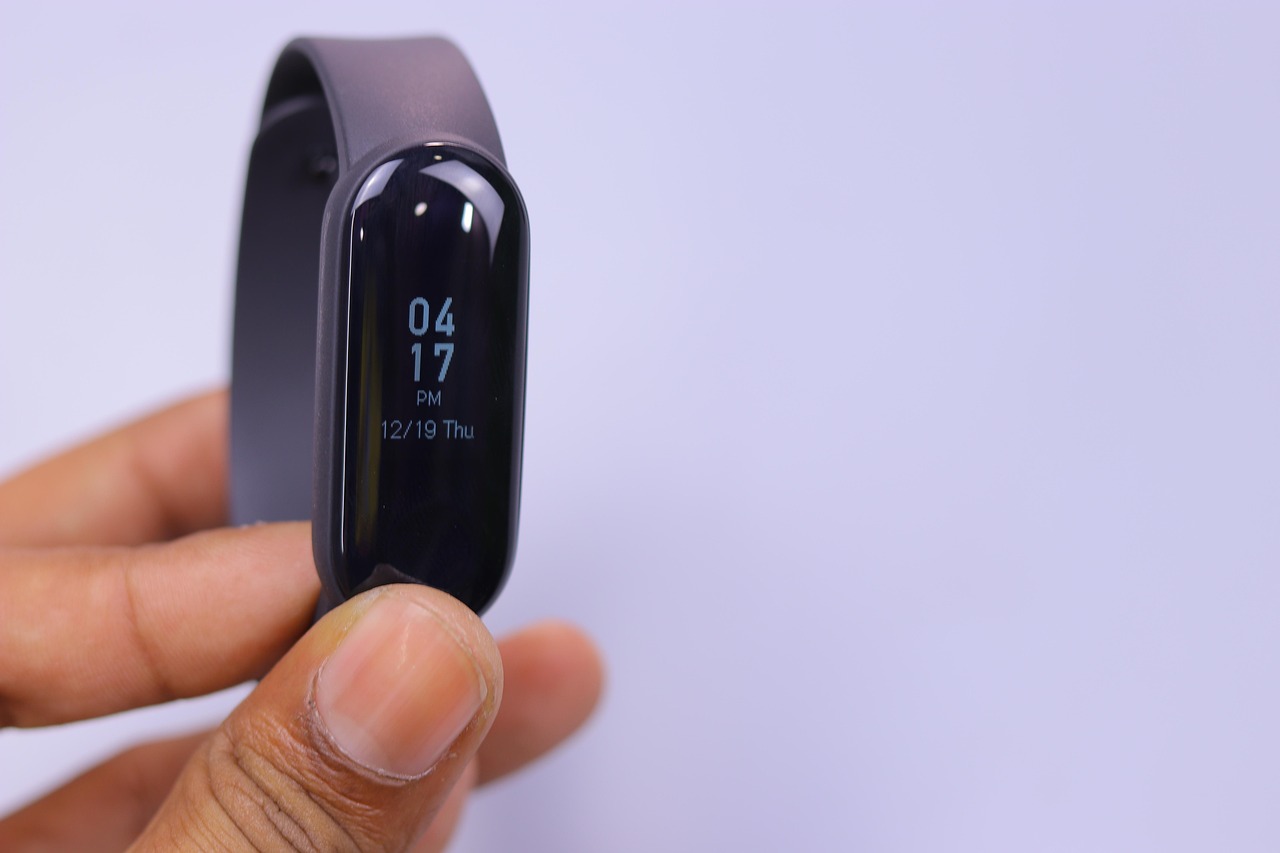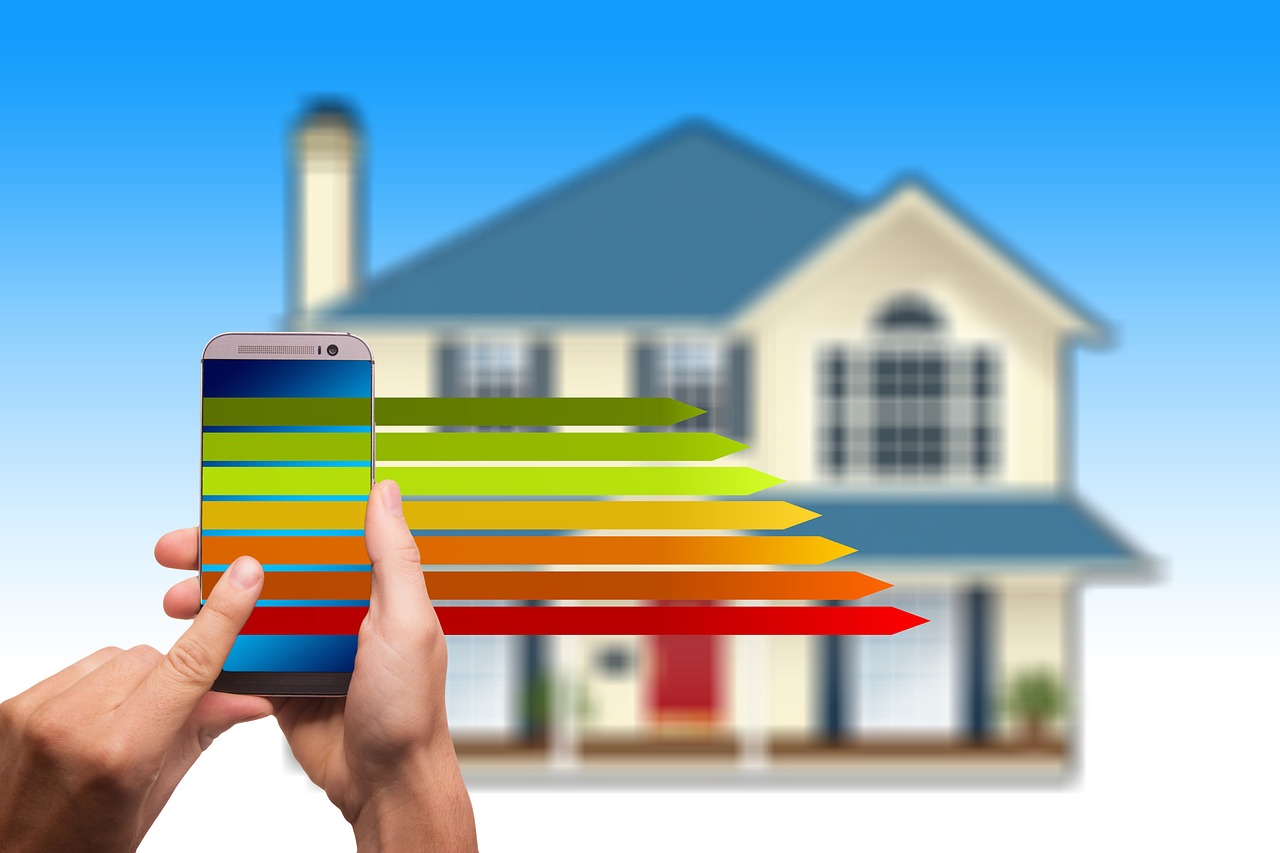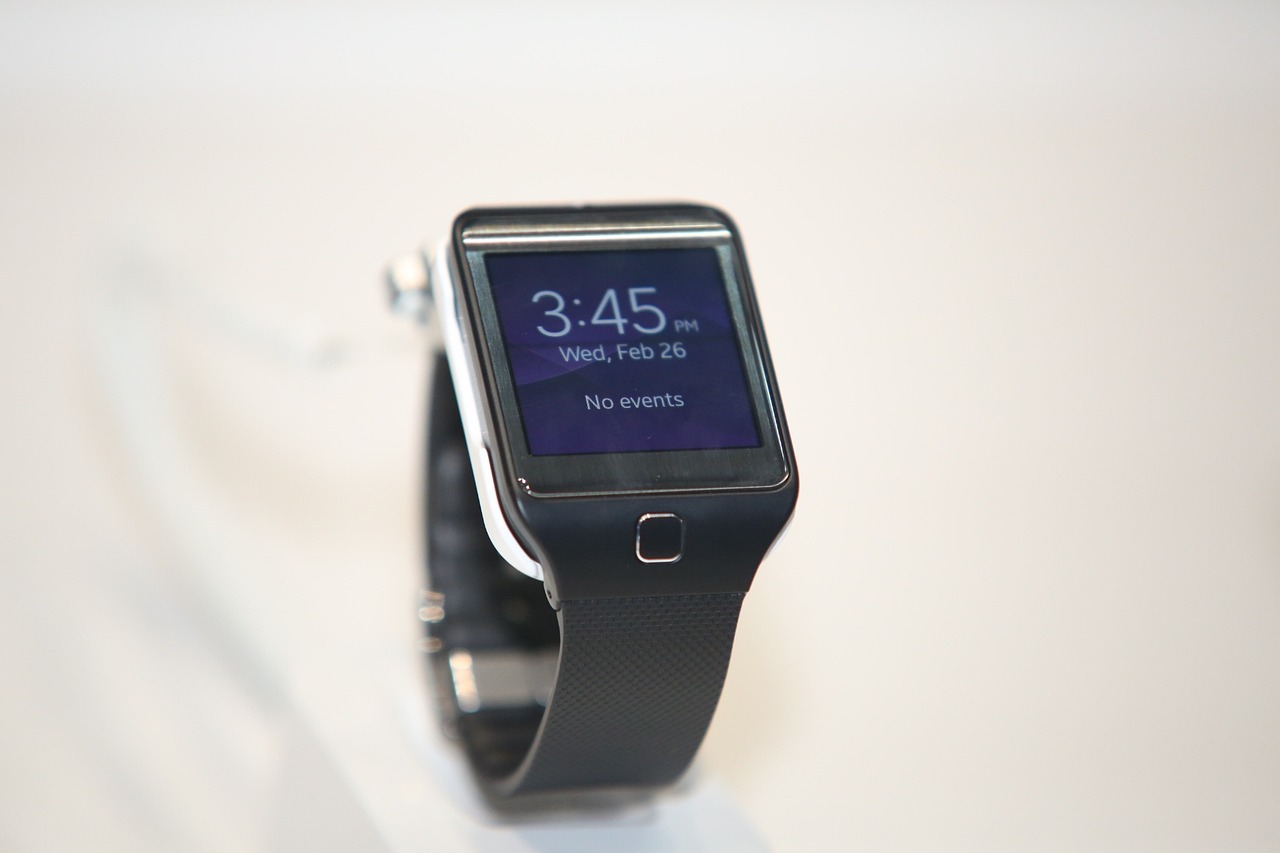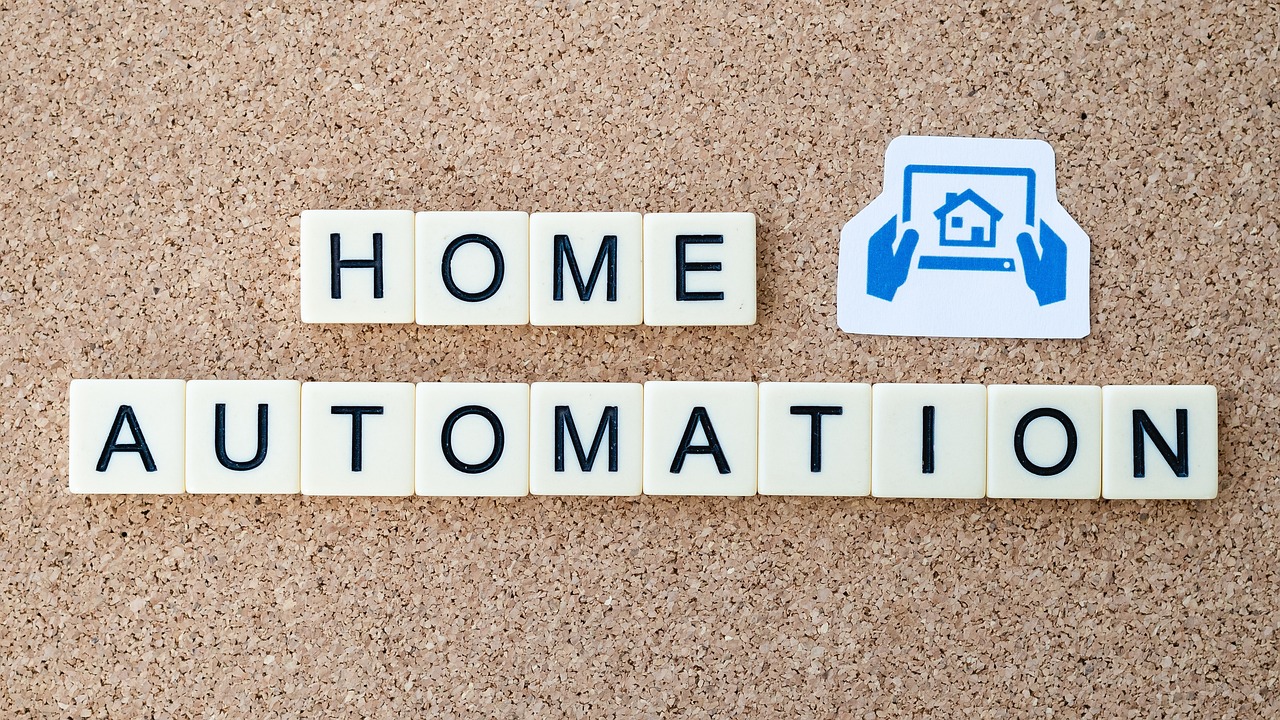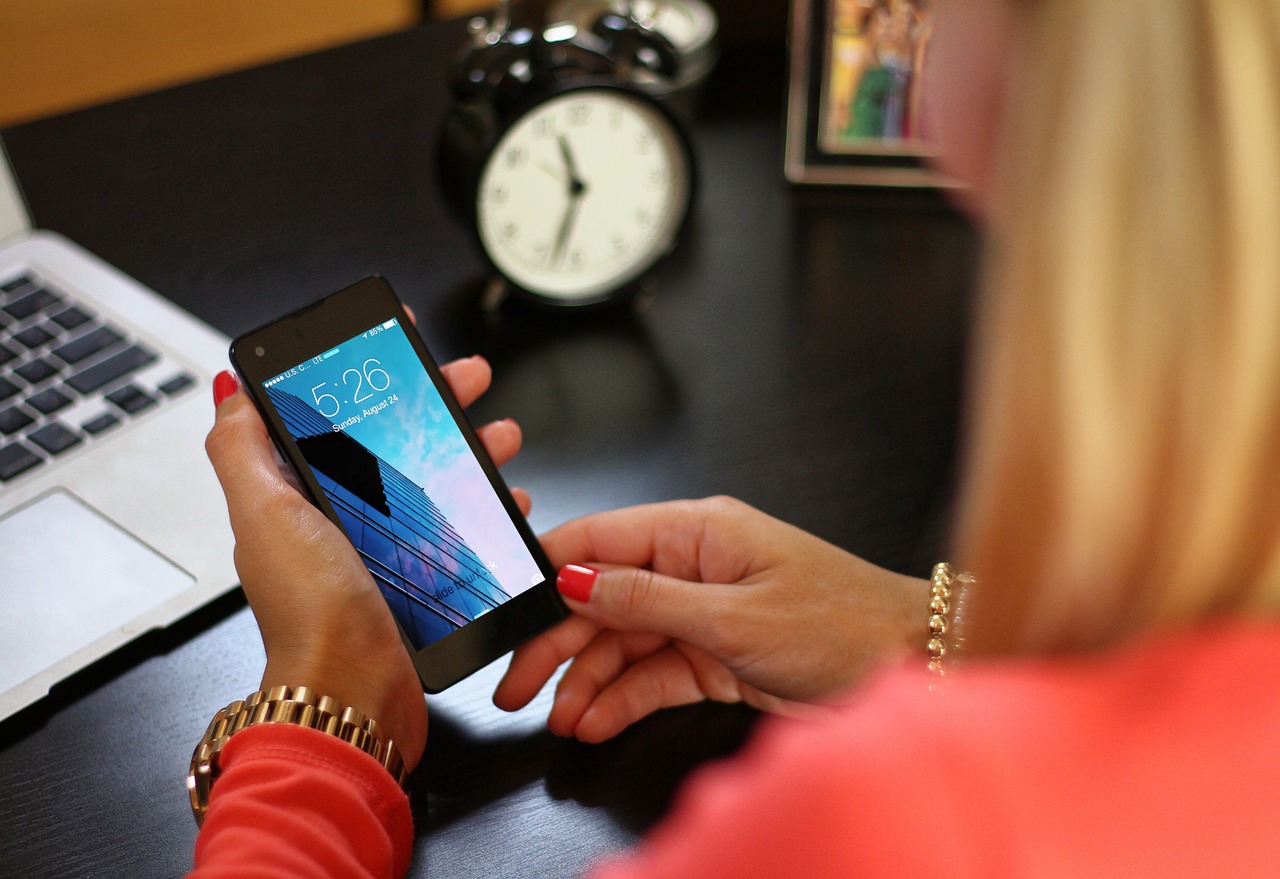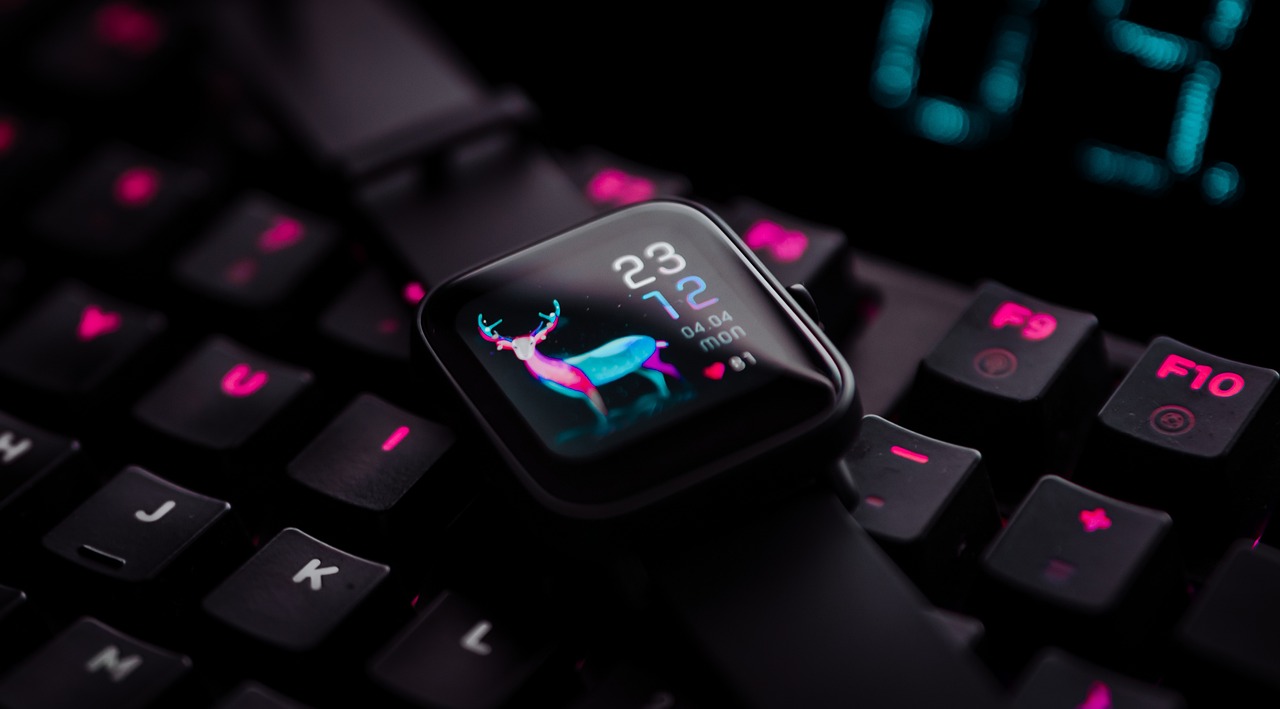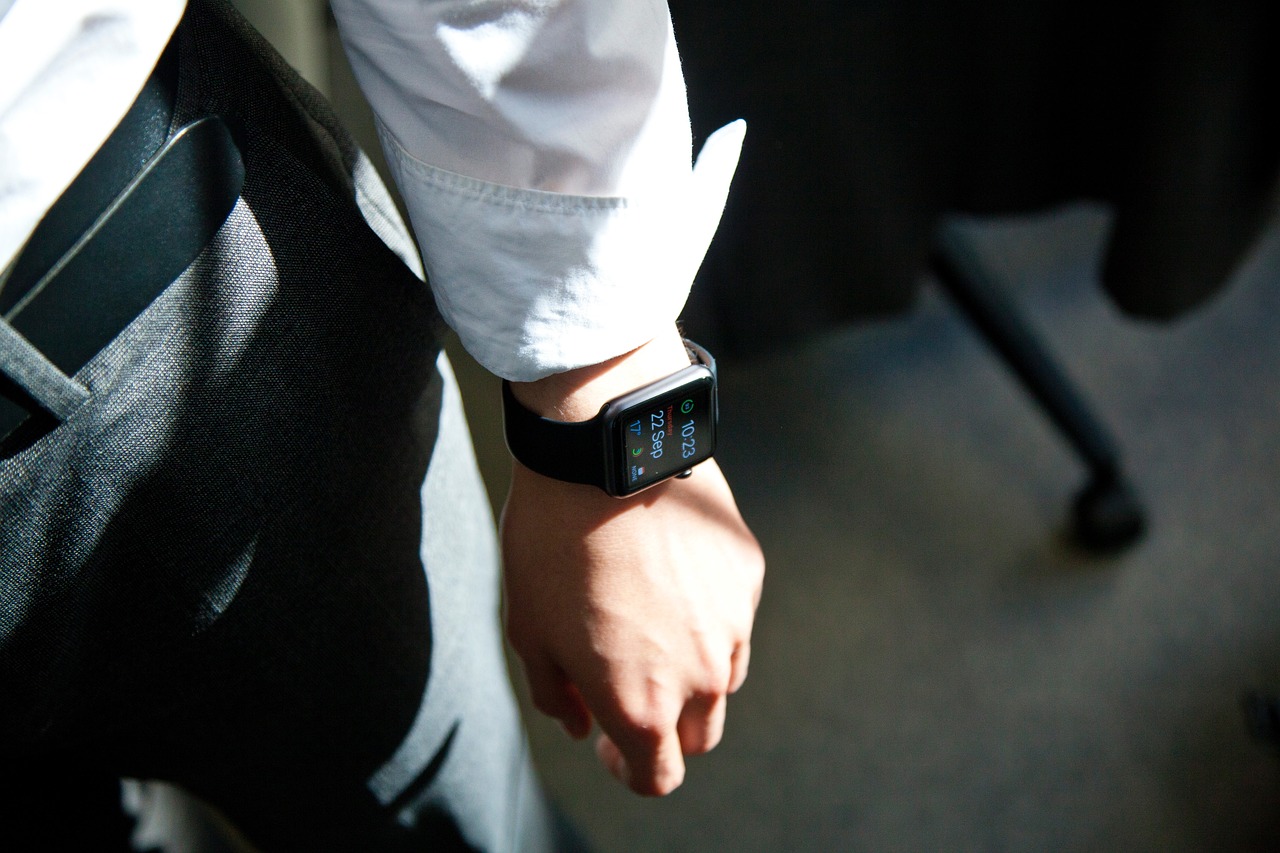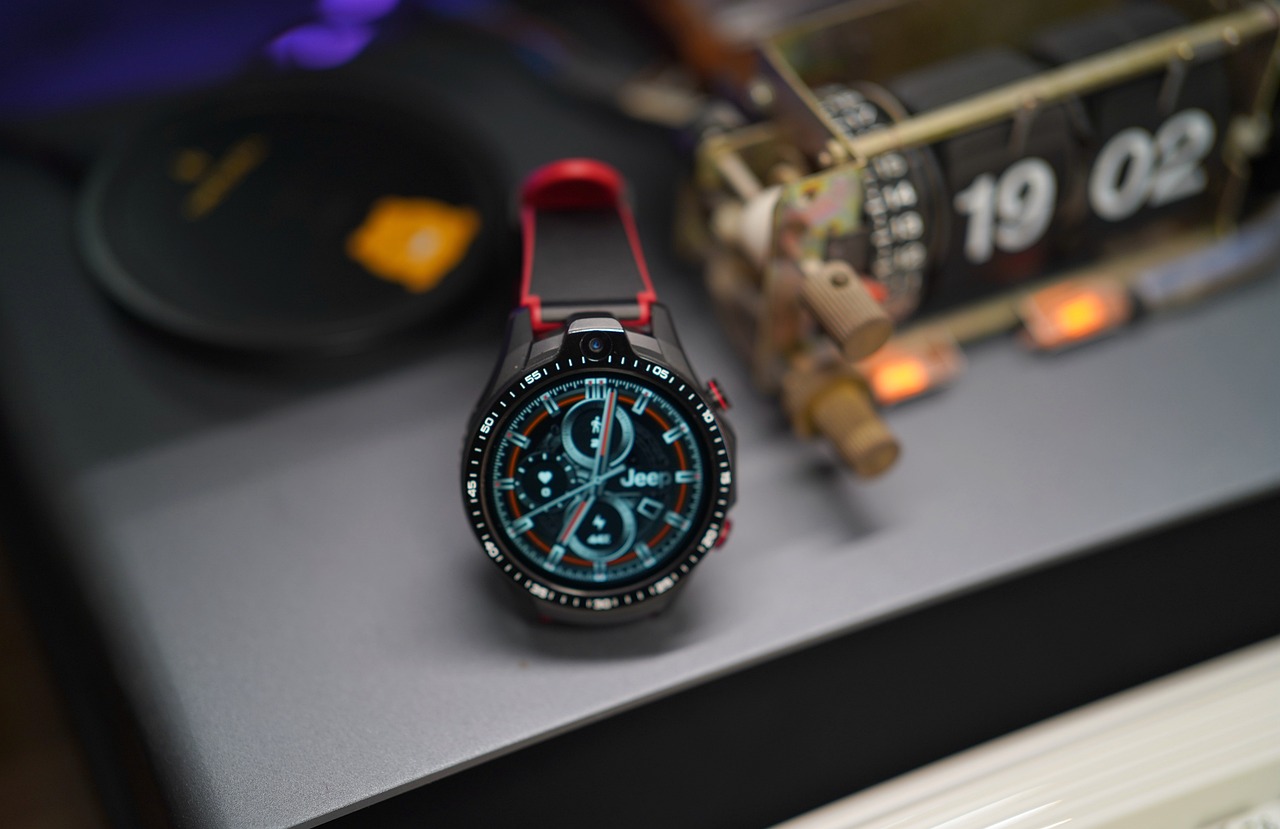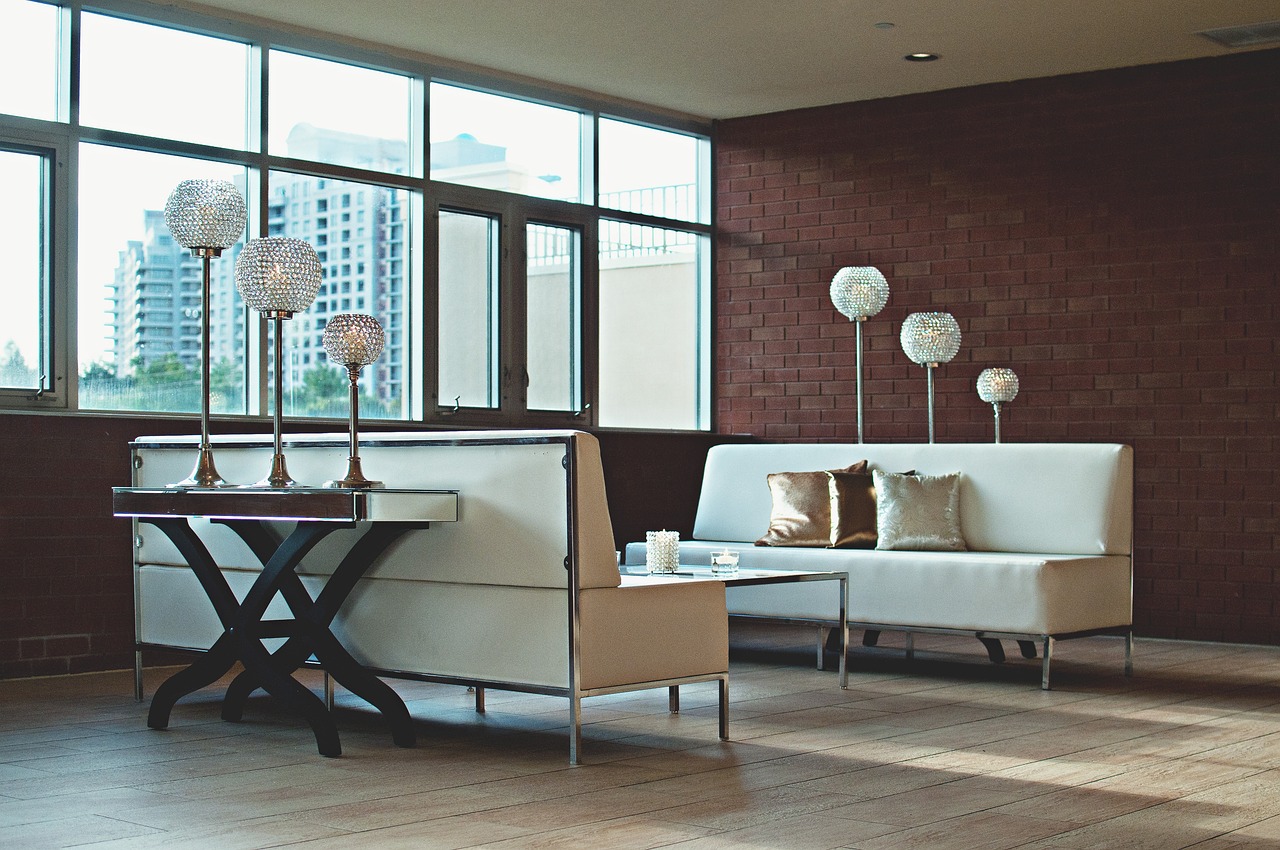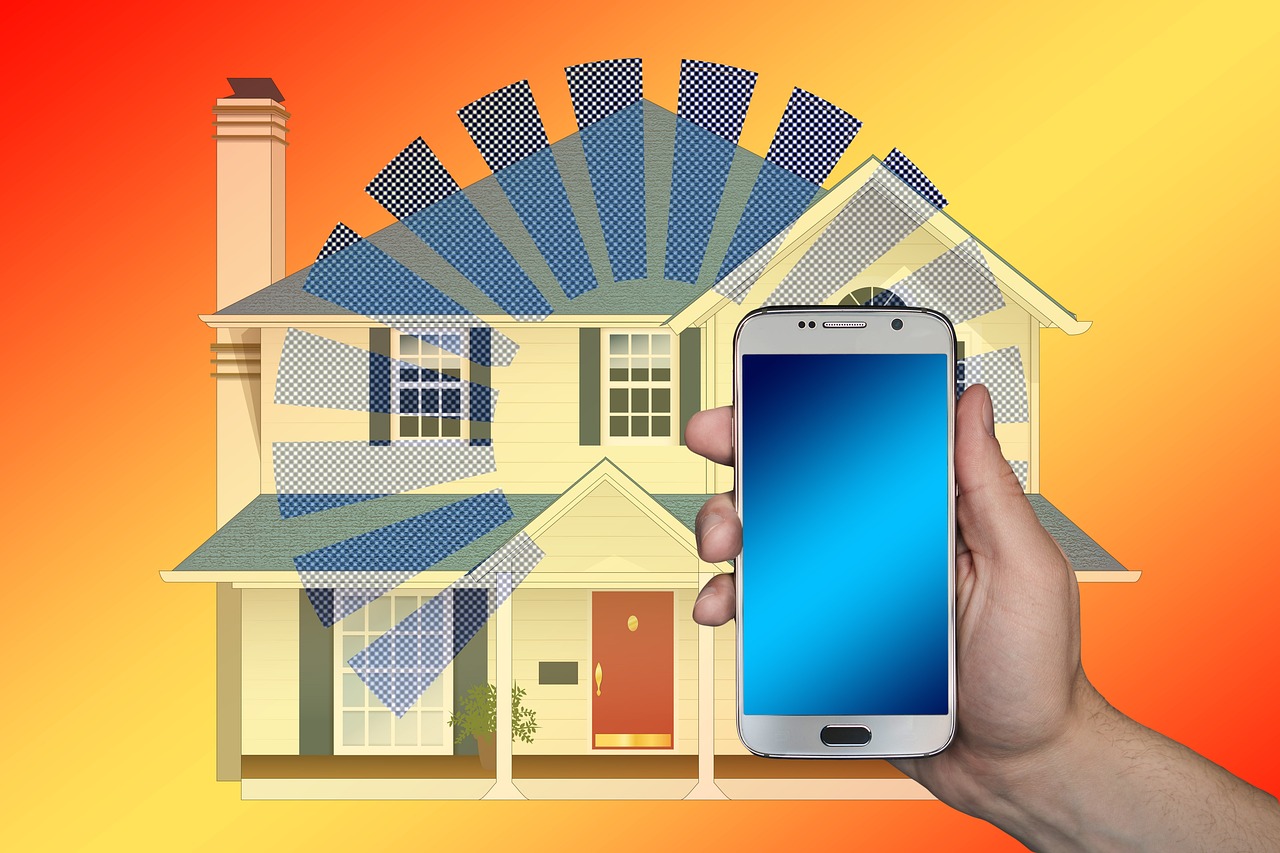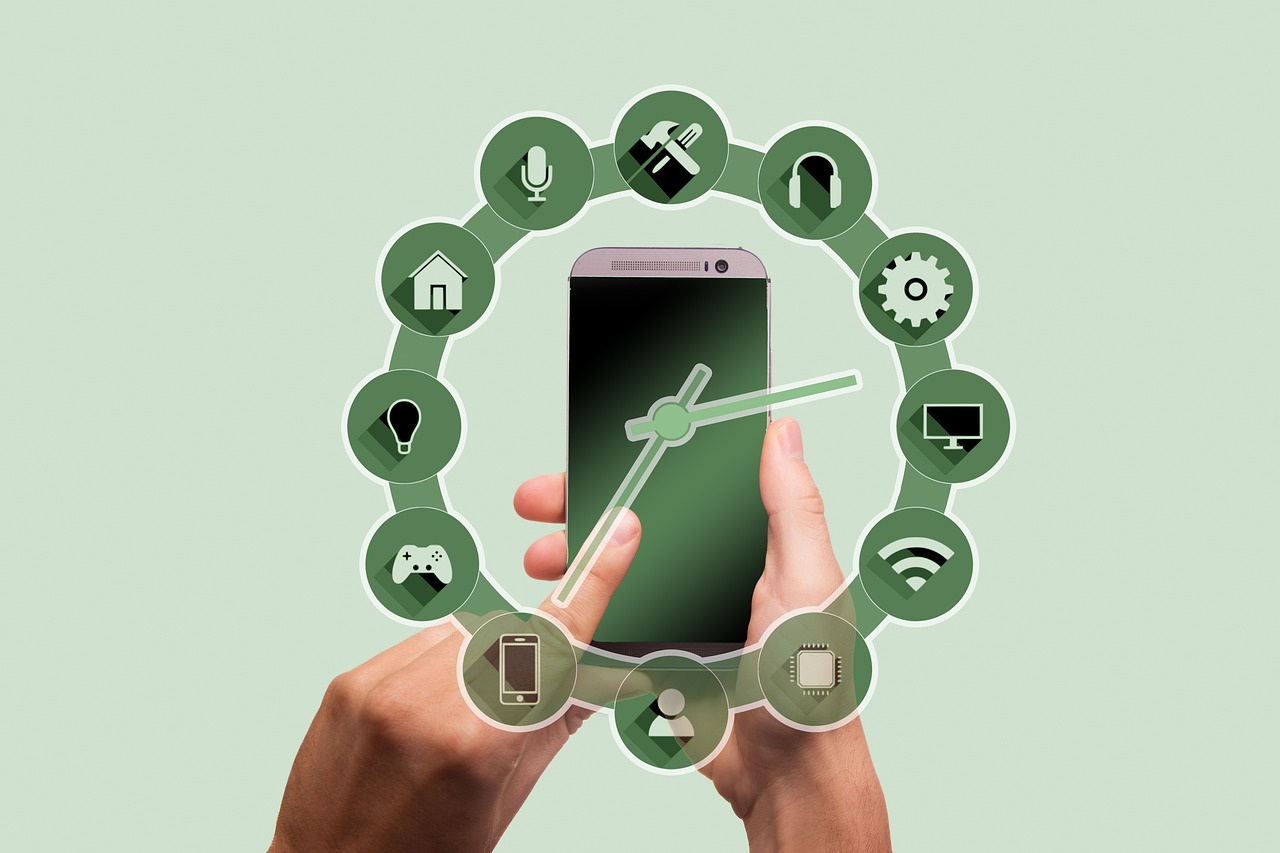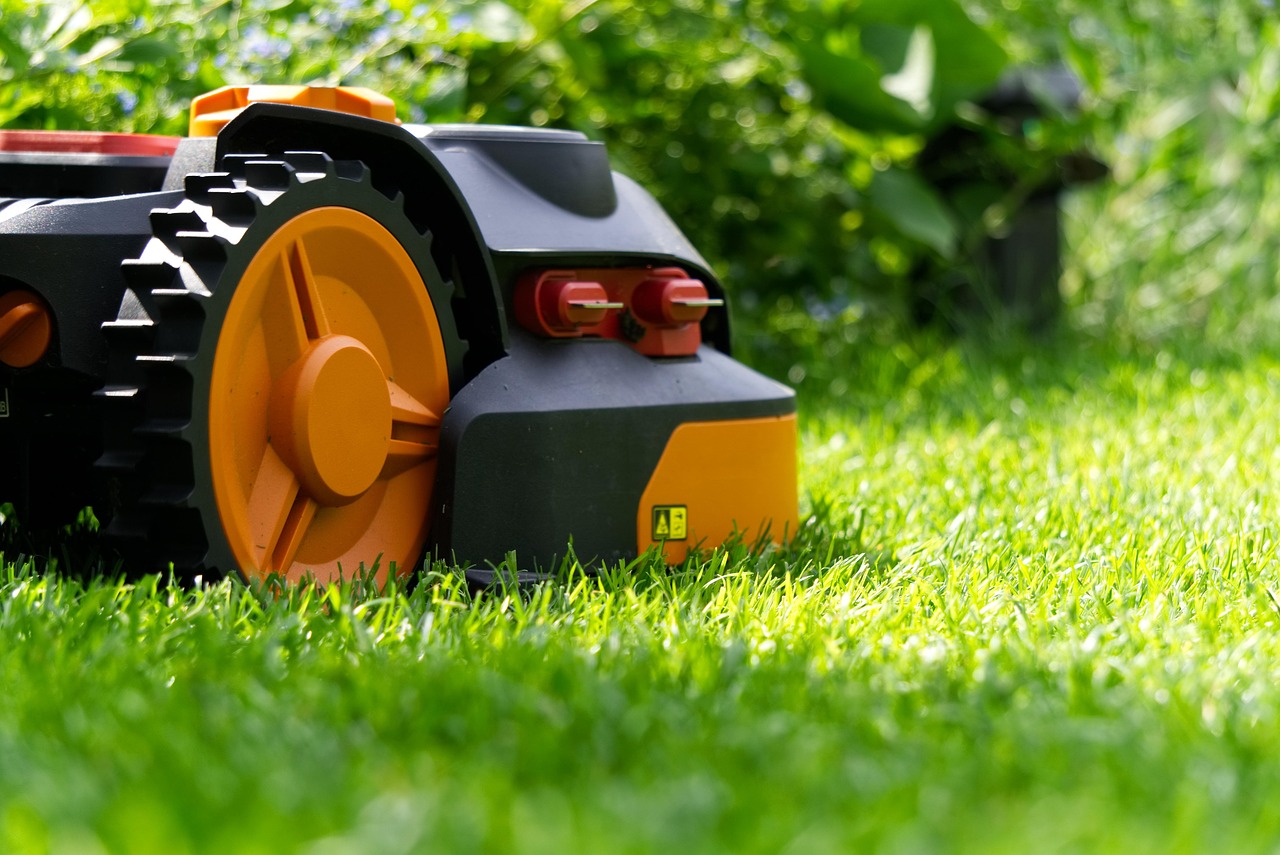This article explores how smart home devices can enhance safety and convenience for seniors, providing insights into various technologies designed to support independence and well-being.
Understanding Smart Home Technology
Smart home technology encompasses a variety of devices that connect to the internet, enabling users to control them remotely. These devices can significantly improve the quality of life for seniors by offering features that promote safety and convenience. With the ability to monitor home environments, these technologies are particularly relevant for elderly individuals who wish to maintain their independence.
Benefits of Smart Home Devices for Seniors
- Increased Safety: Smart home devices can alert seniors to potential dangers, such as smoke or intruders.
- Convenience: Automated systems simplify daily tasks, making it easier for seniors to manage their homes.
- Peace of Mind: Family members can monitor their loved ones remotely, knowing they have support at all times.
Improved Safety Features
Safety is a critical concern for seniors living independently. Various smart home devices offer enhanced safety features:
- Smart Security Systems: These systems include motion detectors and video surveillance, allowing seniors to monitor their homes in real-time.
- Emergency Response Devices: Medical alert systems provide immediate assistance in case of emergencies, ensuring seniors can quickly get help when needed.
Convenience and Daily Living Enhancements
Smart home technology also simplifies everyday tasks:
- Smart Lights: Automated lighting can be programmed to turn on and off, reducing the risk of falls.
- Smart Thermostats: These devices can adjust temperatures automatically, ensuring comfort without manual adjustments.
Health Monitoring Devices
Health monitoring is crucial for seniors managing chronic conditions:
- Wearable Health Trackers: These devices monitor vital signs and activity levels, helping seniors stay healthy.
- Smart Medication Management: Systems that remind seniors to take their medications on time can significantly improve adherence.
Voice-Activated Assistants
Devices like Amazon Alexa and Google Assistant can greatly assist seniors:
- Setting Reminders: Voice-activated devices can help seniors remember appointments and medication schedules.
- Controlling Smart Devices: Voice control simplifies the management of smart home devices, making them accessible to all users.
Choosing the Right Smart Home Devices
Selecting the appropriate devices is essential for maximizing benefits:
- Assessing Individual Needs: Understanding specific requirements can guide seniors in choosing the right technologies.
- Budget Considerations: Finding cost-effective solutions is important, ensuring safety and quality without overspending.
Conclusion: Embracing Smart Technology for a Safer Future
In conclusion, smart home devices can significantly enhance safety and quality of life for seniors. By embracing these technologies, seniors can foster independence and improve their overall well-being, making their homes safer and more convenient.

Understanding Smart Home Technology
is essential for anyone looking to enhance their living environment, particularly for seniors. Smart home technology encompasses a wide range of devices that connect to the internet, enabling users to control them remotely through smartphones or voice commands. This innovation not only promotes convenience but also significantly improves safety and quality of life.
At its core, smart home technology includes devices such as smart lights, thermostats, security cameras, and health monitoring systems. These devices work together to create a cohesive and responsive living space. For seniors, the ability to manage their home environment with ease is crucial, as it allows them to maintain independence while ensuring their safety.
The benefits of integrating smart home technology into daily life are numerous. Firstly, it provides enhanced safety features. For instance, smart security systems equipped with motion detectors and real-time alerts can notify family members or caregivers of any unusual activity. Additionally, emergency response devices, such as medical alert systems, can be life-saving, allowing seniors to call for help with the push of a button.
Moreover, smart home technology simplifies daily tasks. Smart lights can be programmed to turn on and off automatically, reducing the risk of falls during the night. Thermostats can learn a senior’s routine, adjusting temperatures for optimal comfort without manual intervention. This level of automation not only fosters a sense of security but also encourages a more relaxed lifestyle.
In conclusion, understanding and embracing smart home technology is vital for seniors. It not only enhances their safety but also promotes greater independence and well-being. As technology continues to evolve, the potential for these devices to improve daily living will only expand, making them an invaluable asset for the elderly population.

Benefits of Smart Home Devices for Seniors
As technology continues to evolve, smart home devices have emerged as invaluable tools for enhancing the quality of life for seniors. These devices not only promote independence but also ensure safety and convenience in daily activities. Below, we explore the key benefits that make smart home technology essential for elderly users.
- Enhanced Safety: Smart home devices such as security cameras, motion detectors, and smart locks provide a significant boost to home security. These systems can alert seniors to potential dangers, allowing them to respond quickly and stay safe in their homes.
- Convenience: Devices like smart lights and thermostats can be controlled remotely or set to operate on schedules. This feature minimizes the need for seniors to navigate around their homes, reducing the risk of falls and accidents.
- Peace of Mind: With smart home technology, family members can monitor their loved ones’ well-being. Features such as remote monitoring and alerts can reassure families that seniors are safe and secure.
- Health Monitoring: Smart health devices, including wearables and medication dispensers, help seniors manage their health more effectively. These devices can track vital signs, remind users to take medications, and even alert healthcare providers in emergencies.
- Voice Activation: Voice-activated assistants like Amazon Alexa or Google Assistant make it easier for seniors to interact with technology. They can set reminders, control other smart devices, and even make phone calls without needing to move around.
In summary, the integration of smart home devices into the lives of seniors offers numerous advantages that enhance safety, convenience, and overall quality of life. By adopting these technologies, seniors can maintain their independence while ensuring their well-being in a secure environment.
Improved Safety Features
Safety is of utmost importance for seniors who choose to live independently. As they navigate their daily lives, the implementation of smart home technology can provide a significant boost in safety and security. This section delves into various smart home devices that are designed specifically to enhance safety features for seniors, ensuring they can maintain their independence while feeling secure in their environments.
- Smart Alarms: These devices can detect smoke, carbon monoxide, and intrusions, alerting seniors and emergency services when necessary. Many modern systems can send notifications directly to a smartphone, allowing for immediate action even when the senior is not at home.
- Security Cameras: Installing smart security cameras around the home can provide peace of mind. Seniors can monitor their property in real-time through mobile apps, ensuring they are aware of any unusual activity.
- Motion Sensors: These devices can be placed throughout the home to detect movement. They can trigger alarms or notify caregivers if a senior has fallen or is in distress, providing an extra layer of safety.
- Smart Doorbells: Equipped with video capabilities, smart doorbells allow seniors to see who is at their door before opening it. This feature enhances security by preventing unwanted visitors and potential scams.
- Monitoring Systems: Advanced monitoring systems can track a senior’s daily activities and routines. If there are any significant deviations, such as unusual inactivity, caregivers can be alerted to check in.
Implementing these smart home devices not only enhances safety but also promotes a sense of independence for seniors. By utilizing technology, they can live more comfortably and confidently, knowing that help is just a click away.
Smart Security Systems
play a crucial role in enhancing home safety, particularly for seniors who may be living independently. These systems utilize advanced technology to provide a comprehensive security solution that ensures peace of mind and protection against potential threats.
At the core of smart security systems are features such as motion detection and remote monitoring. Motion detection sensors can identify unusual movements within and around the home, triggering alerts and notifications to homeowners or caregivers. This feature is particularly beneficial for seniors, as it allows for quick responses to any suspicious activity.
Moreover, remote monitoring capabilities enable users to keep an eye on their property from anywhere in the world using smartphones or tablets. This means that family members can check in on their loved ones, ensuring their safety even when they are not physically present. With the ability to access live video feeds from security cameras, seniors can feel more secure in their homes.
Another significant aspect of smart security systems is their integration with other smart home devices. For instance, when a security breach is detected, these systems can automatically lock doors, turn on lights, or even alert emergency services. This interconnectedness enhances the overall safety and convenience for seniors, making it easier for them to manage their living environment.
Furthermore, smart security systems often come equipped with features designed specifically for seniors, such as fall detection and emergency alerts. In the event of a fall, the system can automatically notify emergency contacts or services, facilitating rapid assistance. This feature is vital for seniors who may be at risk of falls or other emergencies.
In conclusion, smart security systems are essential tools that significantly enhance safety for seniors. By incorporating advanced features like motion detection, remote monitoring, and emergency response capabilities, these systems provide a robust security solution that promotes independence and peace of mind.
Emergency Response Devices
play a crucial role in ensuring the safety and well-being of individuals, especially seniors who may be living independently. These devices, including medical alert systems, are designed to provide immediate assistance in times of crisis, effectively bridging the gap between an emergency and the help that is needed.
At the core of these systems is their ability to connect users with emergency services or designated contacts at the push of a button. Medical alert systems typically consist of a wearable device, such as a pendant or wristband, which can be activated by the user in case of a fall, medical emergency, or any situation where immediate help is required. Once activated, the device sends a signal to a monitoring center, where trained professionals assess the situation and dispatch the necessary assistance.
Many modern emergency response devices come equipped with advanced features such as:
- GPS Tracking: This feature allows emergency responders to locate the user quickly, which is particularly useful for those who may be disoriented or unable to provide their location.
- Fall Detection: Some devices automatically detect falls and alert emergency services, even if the user is unable to press the button themselves.
- Two-Way Communication: Many systems allow users to communicate directly with monitoring personnel, providing crucial information about their condition and needs.
The significance of these devices cannot be overstated. They offer peace of mind not only to seniors but also to their families, knowing that help is readily available at any moment. Furthermore, by promoting a sense of security, these devices encourage seniors to maintain their independence while ensuring they are protected.
In conclusion, emergency response devices are indispensable tools that enhance safety for seniors living alone. By providing immediate access to assistance, they empower users and foster confidence in their ability to live independently.
Convenience and Daily Living Enhancements
Smart home technology has revolutionized the way seniors manage their daily tasks, making life more convenient and enhancing their overall quality of life. By integrating various smart devices into their homes, seniors can enjoy increased independence while reducing the physical and mental strain of everyday activities.
- Smart Lighting: Automated lighting systems allow seniors to control the brightness and timing of lights throughout their home. With features like motion sensors, lights can turn on automatically when someone enters a room, reducing the risk of falls in dimly lit areas.
- Smart Thermostats: These devices enable seniors to maintain a comfortable living environment without the need to manually adjust the temperature. By learning individual preferences, smart thermostats can optimize heating and cooling schedules, ensuring energy efficiency and comfort.
- Smart Appliances: From refrigerators that can alert users when food is about to expire to ovens that can be preheated remotely, smart appliances simplify cooking and meal preparation. This technology not only saves time but also encourages healthier eating habits.
- Voice-Controlled Assistants: Devices like Amazon Alexa and Google Assistant provide hands-free control over various smart home features. Seniors can easily set reminders, play music, or control other smart devices using simple voice commands, making technology more accessible.
- Automated Blinds and Curtains: Smart window treatments can be programmed to open or close at specific times, allowing seniors to manage natural light in their homes effortlessly. This feature can also enhance privacy and security.
Incorporating these smart home technologies not only promotes convenience but also fosters a sense of security and independence for seniors. As they embrace these advancements, they can enjoy a more manageable and enjoyable daily life.
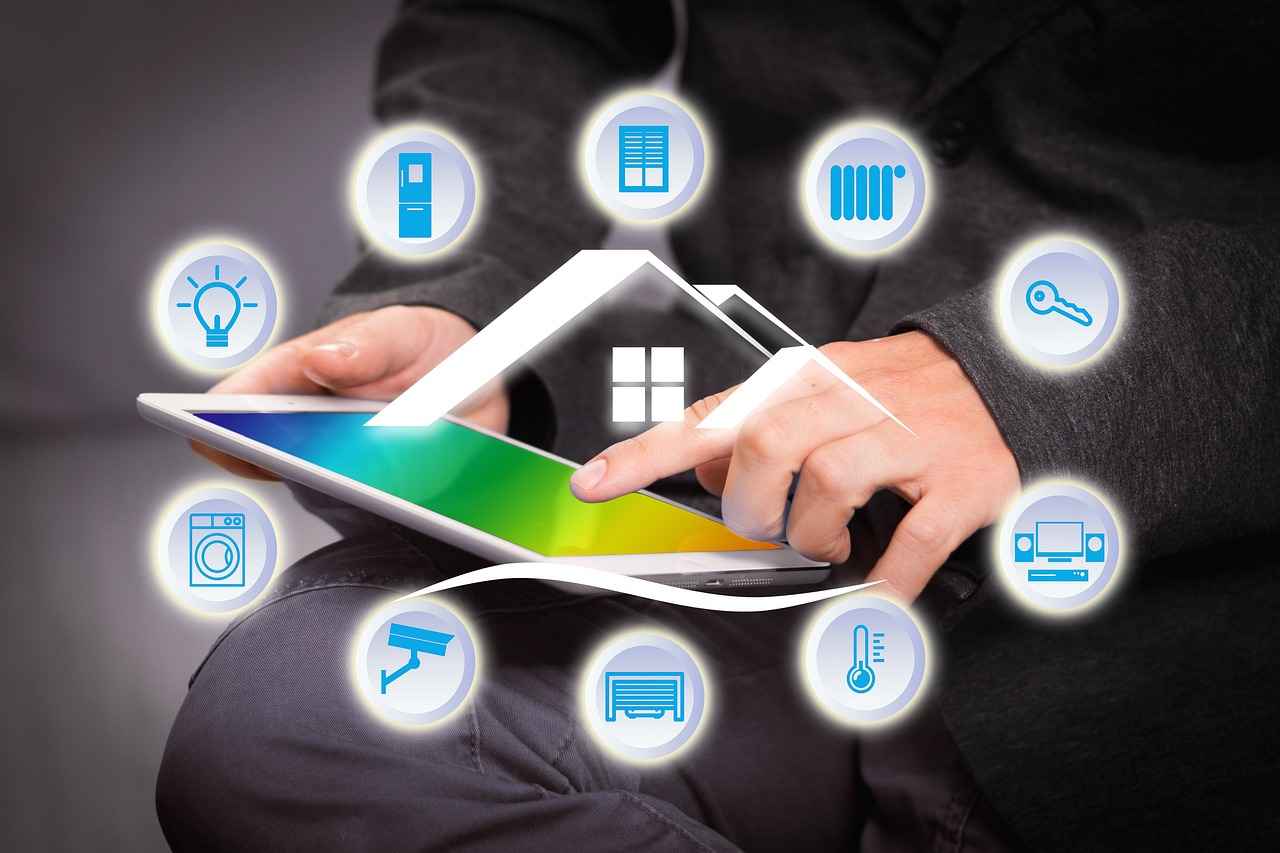
Health Monitoring Devices
play a crucial role in the management of chronic conditions, especially for seniors who may face various health challenges. This section delves into the different types of health monitoring devices available, their functionalities, and how they facilitate communication between seniors and healthcare providers.
As the population ages, the demand for effective health management solutions increases. empower seniors to take charge of their health by providing real-time data on vital signs and other health metrics. These devices range from simple tools to advanced technology, ensuring that seniors can track their health status conveniently.
| Device Type | Description | Benefits |
|---|---|---|
| Wearable Health Trackers | Devices like smartwatches that monitor heart rate, activity levels, and sleep patterns. | Promote awareness of physical activity and encourage a healthier lifestyle. |
| Blood Pressure Monitors | Devices that measure blood pressure at home, providing readings that can be shared with doctors. | Help manage hypertension and reduce the risk of heart disease. |
| Blood Glucose Monitors | Devices for diabetics to check blood sugar levels regularly. | Assist in maintaining stable blood sugar levels and preventing complications. |
Furthermore, many health monitoring devices now come equipped with smart technology that allows data to be shared directly with healthcare providers. This feature ensures that medical professionals can monitor patients’ conditions remotely and intervene when necessary. Such connectivity not only enhances the quality of care but also provides peace of mind for both seniors and their families.
In conclusion, the integration of health monitoring devices into the daily lives of seniors is essential for effective health management. By enabling seniors to track their health metrics and communicate with healthcare providers, these devices contribute significantly to improved health outcomes and overall quality of life.
Wearable Health Trackers
have revolutionized the way seniors monitor their health and stay active. These innovative devices are designed to track vital signs and daily activities, providing users and their caregivers with valuable insights into health metrics. In this section, we will explore the features and benefits of wearable health trackers, particularly for seniors aiming to maintain their well-being.
| Feature | Description |
|---|---|
| Heart Rate Monitoring | Wearable trackers continuously monitor heart rate, helping seniors detect irregularities early. |
| Step Tracking | These devices count daily steps, encouraging seniors to stay active and meet fitness goals. |
| Sleep Tracking | Many trackers analyze sleep patterns, providing insights into sleep quality and duration. |
| Emergency Alerts | Some devices feature emergency alert buttons, allowing seniors to call for help quickly. |
One of the most significant advantages of wearable health trackers for seniors is their ability to promote independence. By enabling users to monitor their health metrics in real-time, these devices empower seniors to take charge of their health. Additionally, many trackers can sync with mobile applications, allowing caregivers and family members to stay informed about the user’s health status.
- Encouragement for Physical Activity: Wearable trackers often include motivational features such as reminders to move or notifications when daily activity goals are met.
- Health Data Sharing: Users can share their health data with healthcare providers, facilitating better communication and personalized care.
- Customization: Many trackers offer customizable settings, allowing seniors to tailor the device to their specific health needs.
In conclusion, wearable health trackers offer a range of features that significantly benefit seniors. By providing a comprehensive view of health metrics and encouraging active lifestyles, these devices play a crucial role in enhancing the quality of life for older adults. As technology continues to advance, the potential for these devices to support senior health will only grow.
Smart Medication Management
In today’s fast-paced world, managing medication can be a daunting task, especially for seniors who may have multiple prescriptions. Smart medication management systems are designed to address this challenge, ensuring that seniors take their medications on time and as prescribed. This section delves into how these innovative systems operate and their critical role in promoting adherence among elderly patients.
Smart medication management systems typically utilize technology such as automated pill dispensers, mobile applications, and reminders to help seniors manage their medications effectively. These systems can be programmed to dispense the correct dosage at the right time, reducing the likelihood of missed doses or accidental overdoses. For instance, many dispensers feature alarms or notifications that alert users when it’s time to take their medications, making it easier for seniors to stay on track.
| Feature | Description |
|---|---|
| Automated Dispensing | Dispenses the correct dosage at scheduled times. |
| Mobile Alerts | Notifies users via smartphone or device when it’s time to take medication. |
| Adherence Tracking | Monitors and records medication-taking habits for healthcare providers. |
Moreover, these systems often come with features that allow caregivers and family members to monitor adherence remotely. This capability is particularly beneficial for seniors living alone, as it provides peace of mind to their loved ones. By being able to track medication adherence, caregivers can intervene if they notice any irregularities, ensuring that seniors remain healthy and safe.
In conclusion, smart medication management systems play a vital role in enhancing the health and well-being of seniors. By leveraging technology to simplify the medication-taking process, these systems not only promote adherence but also empower seniors to maintain their independence while reducing the risk of medication-related complications.

Voice-Activated Assistants
, such as Amazon Alexa and Google Assistant, have become invaluable tools for seniors, enhancing their quality of life and promoting independence. These smart devices offer a variety of functionalities that cater specifically to the needs of elderly users, making daily tasks easier and more manageable.
One of the primary benefits of voice-activated assistants is their ability to streamline communication. Seniors can easily make phone calls, send messages, or even video chat with family and friends using simple voice commands. This feature helps reduce feelings of isolation and keeps seniors connected with their loved ones.
Additionally, these devices can assist with daily tasks. For instance, seniors can ask their assistants for weather updates, news briefings, or reminders for important events. Setting alarms for medication times or upcoming appointments is also a breeze, ensuring that seniors stay on track with their schedules.
Voice-activated assistants can also control other smart home devices, such as lights, thermostats, and security systems, through voice commands. This hands-free control is particularly beneficial for seniors with mobility issues, allowing them to adjust their environment without needing to physically get up.
Furthermore, these assistants can provide entertainment options, such as playing music, audiobooks, or podcasts, which can be a great source of joy and engagement. With just a simple request, seniors can enjoy their favorite tunes or listen to educational content, keeping their minds active and entertained.
In conclusion, voice-activated assistants are not just gadgets; they are essential companions for seniors, enhancing communication, simplifying daily tasks, and promoting a greater sense of independence. By integrating these technologies into their daily lives, seniors can experience a more connected and fulfilling lifestyle.
Setting Reminders and Alarms
Voice-activated devices, such as Amazon Alexa and Google Assistant, have revolutionized how seniors manage their daily lives. One of the standout features of these devices is their ability to set reminders and alarms for various tasks, including appointments and medication schedules. This functionality is particularly beneficial for seniors, as it helps them maintain a structured routine and ensures they never miss important commitments.
With just a simple voice command, seniors can easily schedule reminders for doctor visits, social engagements, or even daily medication doses. For instance, they can say, “Set a reminder for my doctor’s appointment at 3 PM on Thursday,” and the device will notify them at the designated time. This feature alleviates the stress of remembering every detail and allows seniors to focus on enjoying their day-to-day activities.
Moreover, the ability to customize reminders enhances the user experience. Seniors can choose how often they want to be reminded—be it daily, weekly, or even monthly. This flexibility ensures that they receive notifications in a manner that suits their lifestyle. Additionally, voice-activated devices can provide verbal alerts, which are particularly helpful for those with visual impairments or cognitive challenges.
Incorporating reminders into their daily routine can significantly improve seniors’ independence. By relying on technology to manage their schedules, they can engage more confidently in various activities without the constant worry of forgetting important tasks. This empowerment fosters a sense of control over their lives, promoting overall well-being.
In conclusion, voice-activated devices serve as invaluable tools for seniors, particularly when it comes to setting reminders and alarms. By streamlining the process of managing appointments and medications, these devices not only enhance safety but also enrich the quality of life for elderly users.
Controlling Smart Devices
has become increasingly important for seniors seeking to maintain their independence while enjoying the benefits of modern technology. Voice-activated technology, such as smart assistants, enables effortless management of various smart home devices, making daily tasks simpler and more accessible.
With the help of voice control, seniors can easily operate devices like lights, thermostats, and even kitchen appliances without needing to navigate complex interfaces. This hands-free approach is particularly beneficial for those with mobility challenges or visual impairments, allowing them to interact with their environment more comfortably.
- Ease of Use: Voice commands are intuitive and require minimal training, making it easy for seniors to adapt to this technology.
- Increased Accessibility: Seniors can control devices from anywhere in the home, reducing the need to move around unnecessarily.
- Enhanced Safety: By simply speaking commands, seniors can quickly turn off appliances or adjust lighting, minimizing the risk of accidents.
Moreover, voice-activated technology can serve as a communication tool. Seniors can make hands-free calls or send messages to family members, fostering connections and ensuring they stay in touch with loved ones. This feature can be especially comforting for those who may feel isolated.
As smart home technology continues to evolve, the integration of voice control is likely to expand, offering even more features tailored to the needs of seniors. Embracing these advancements not only enhances convenience but also promotes a sense of independence and confidence in managing their daily lives.
In conclusion, voice control is a game-changer for seniors, providing them with the ability to interact with their smart devices effortlessly. By leveraging this technology, they can enjoy a safer, more connected, and independent lifestyle.
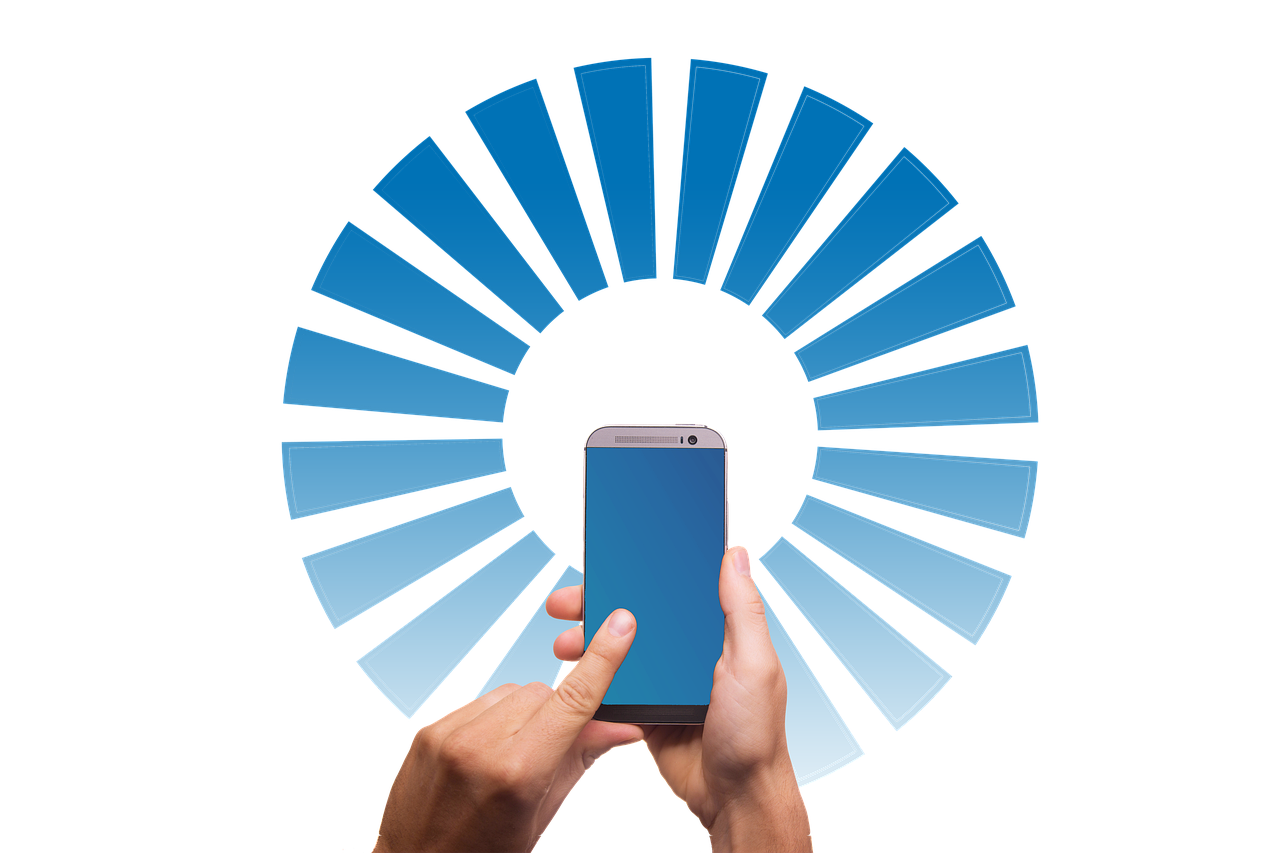
Choosing the Right Smart Home Devices
is a vital step for seniors looking to enhance their living environment with technology. With a plethora of options available, it is essential to make informed decisions that cater to individual needs and preferences. This section outlines practical tips and considerations to guide seniors in selecting the most suitable smart home devices.
- Assessing Individual Needs: Understanding the specific requirements of seniors is crucial. Consider factors such as mobility, health conditions, and daily routines. For example, a senior with limited mobility may benefit from voice-activated devices that allow them to control their environment without physical strain.
- Usability: Choose devices that are user-friendly and intuitive. Look for products with clear instructions and customer support. Devices that offer voice commands or simple interfaces can significantly enhance accessibility for seniors.
- Compatibility: Ensure that the selected devices are compatible with existing technology. This includes checking if they can connect with smartphones, tablets, or other smart home systems. Compatibility can simplify the integration of multiple devices, creating a seamless smart home experience.
- Budget Considerations: While investing in smart home technology, it is essential to set a budget. Research options that provide good value without compromising on quality. Look for sales, discounts, or bundles that can help reduce costs while still meeting safety and convenience needs.
- Safety Features: Prioritize devices that offer safety enhancements, such as smart smoke detectors, security cameras, and emergency response systems. These features can provide peace of mind for both seniors and their families.
- Future-Proofing: Consider the longevity of the devices. Opt for products from reputable brands that offer regular updates and customer support. This ensures that the devices remain functional and relevant as technology evolves.
In conclusion, selecting the right smart home devices involves careful consideration of individual needs, usability, safety features, and budget. By following these guidelines, seniors can create a comfortable and secure living environment that promotes independence and enhances their quality of life.
Assessing Individual Needs
When it comes to selecting smart home devices for seniors, is a crucial step. Each senior has unique requirements based on their lifestyle, health conditions, and preferences. This section provides a comprehensive guide on how to evaluate these needs effectively, ensuring that the chosen technology truly enhances their quality of life.
Firstly, it is essential to understand the senior’s daily routine. Observing how they navigate their day can reveal specific areas where technology can provide support. For instance, if a senior struggles with mobility, devices like smart lights that can be controlled remotely or through voice commands can significantly improve their safety and convenience. Additionally, consider their comfort level with technology; some may prefer simple devices, while others may embrace more complex systems.
Next, health considerations play a vital role in the selection process. Seniors with chronic conditions may benefit from health monitoring devices that track vital signs or remind them to take medications. Engaging healthcare professionals can provide insights into which devices might be most beneficial based on their medical history.
Another aspect to consider is social connections. Many seniors value staying connected with family and friends. Devices that facilitate communication, such as tablets with video calling capabilities or voice-activated assistants, can help reduce feelings of isolation. Understanding the senior’s social needs can guide the selection of technology that fosters those connections.
Finally, budget considerations should not be overlooked. While some smart home devices can be pricey, there are many affordable options that still provide essential services. Researching various products and reading reviews can help find cost-effective solutions that meet the required safety and convenience standards.
In conclusion, assessing individual needs is an ongoing process that can greatly enhance the effectiveness of smart home technology for seniors. By considering daily routines, health requirements, social connections, and budget constraints, families can make informed decisions that lead to a safer and more comfortable living environment for their loved ones.
Budget Considerations
Budgeting for smart home technology is an essential step for seniors looking to enhance their living environment without breaking the bank. As the market for smart devices continues to grow, it’s crucial to navigate this landscape wisely. This section aims to provide insights on how to identify cost-effective solutions that do not compromise on quality or safety.
When considering smart home technology, the first step is to assess your needs. Not all devices are necessary for every household, and understanding what will genuinely enhance safety and convenience is key. For instance, while smart lighting can improve visibility and reduce accidents, a smart thermostat can help manage heating costs effectively.
Next, it is important to research various products and their features. Look for devices that offer a good balance between functionality and price. Many reputable brands provide affordable options without sacrificing quality. Reading reviews and comparing features can help you make informed decisions.
Another effective strategy is to look for bundled packages that offer multiple devices at a discounted rate. Many companies provide packages that include smart cameras, alarms, and sensors, which can save money compared to purchasing each device separately.
Additionally, consider the long-term savings that smart devices can provide. For example, smart thermostats can lead to reduced energy bills, while security systems can lower insurance premiums. By investing in these technologies, you may find that the initial costs are offset by savings over time.
Lastly, always keep an eye out for promotions and discounts. Retailers often have sales, especially around holidays, which can significantly reduce costs. Utilizing these opportunities can help you stay within budget while still acquiring the technology you need.
In conclusion, budgeting for smart home technology involves careful planning, research, and strategic purchasing. By focusing on cost-effective solutions and understanding your specific needs, you can enhance your home environment safely and affordably.

Conclusion: Embracing Smart Technology for a Safer Future
In today’s rapidly evolving world, smart home devices have emerged as a transformative force, particularly for seniors seeking to maintain their independence while ensuring their safety. These innovative technologies not only enhance the quality of life but also provide a sense of security that is crucial for elderly individuals living alone.
By integrating smart home devices into their daily routines, seniors can experience a remarkable improvement in their overall well-being. For instance, smart security systems equipped with motion detectors and surveillance cameras offer peace of mind by allowing seniors to monitor their homes remotely. This capability is invaluable, as it can deter potential intruders and alert homeowners to unusual activity.
Furthermore, emergency response devices, such as medical alert systems, play a vital role in ensuring immediate assistance during critical situations. These devices are designed to be user-friendly, enabling seniors to summon help with the push of a button, thereby enhancing their safety and confidence.
In addition to safety features, smart home technology also simplifies everyday tasks. Voice-activated assistants can assist seniors in managing their schedules by setting reminders for medications, appointments, and other important events. This functionality not only promotes adherence to health regimens but also fosters a greater sense of control over their daily lives.
Moreover, health monitoring devices, including wearable health trackers, empower seniors to keep a close eye on their health metrics. These devices provide valuable insights into physical activity levels and vital signs, facilitating timely communication with healthcare providers.
In conclusion, the integration of smart home devices into the lives of seniors is not merely a trend but a significant step towards fostering independence and enhancing overall well-being. By embracing these technologies, seniors can enjoy a safer, more convenient lifestyle, ultimately leading to improved health outcomes and a higher quality of life.
Frequently Asked Questions
- What are smart home devices?
Smart home devices are internet-connected gadgets that allow users to control various aspects of their home remotely. They can include everything from smart lights and thermostats to security cameras and health monitors, all designed to make life easier and safer for seniors.
- How do smart home devices improve safety for seniors?
These devices enhance safety through features like real-time monitoring, emergency alerts, and automated lighting. For instance, smart security systems can detect unusual activity, while medical alert systems can summon help at the push of a button, providing peace of mind for seniors and their families.
- Are smart home devices easy to use for seniors?
Absolutely! Many smart home devices are designed with user-friendliness in mind. Voice-activated assistants, for example, allow seniors to control their devices simply by speaking, making technology accessible even for those who may not be tech-savvy.
- What should I consider when choosing smart home devices for seniors?
It’s essential to assess individual needs, such as mobility, health conditions, and daily routines. Additionally, consider budget constraints and look for devices that offer user-friendly interfaces and reliable customer support.
- Can smart home devices help with medication management?
Yes, smart medication management systems can remind seniors to take their medications on time. These systems can send alerts to phones or even dispense medications automatically, helping ensure adherence to prescribed regimens.
